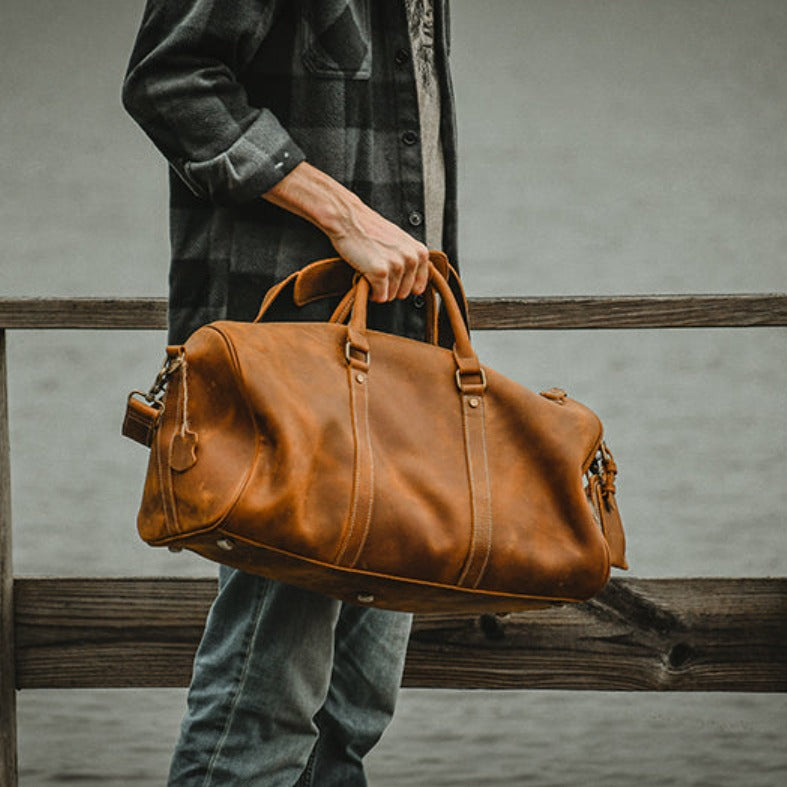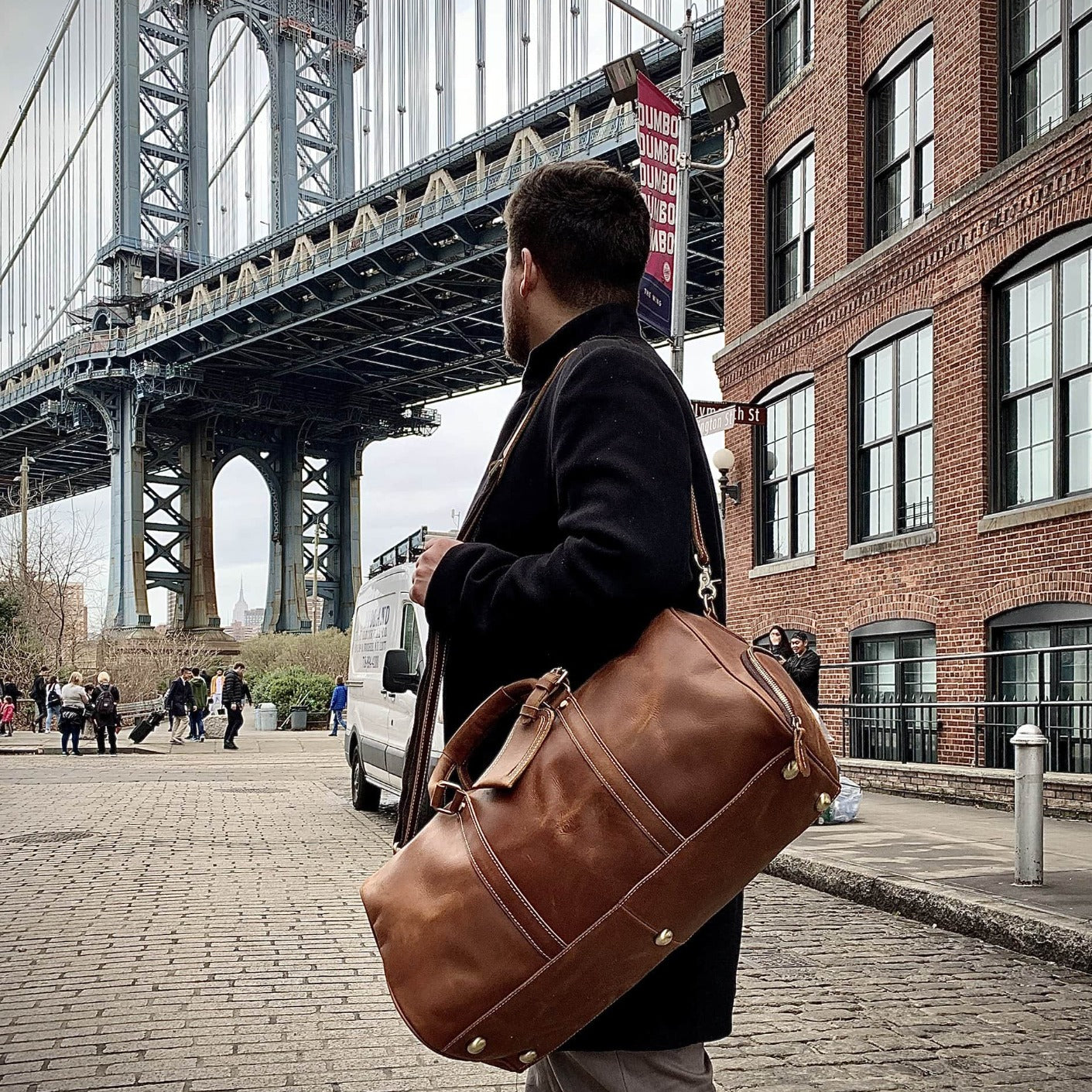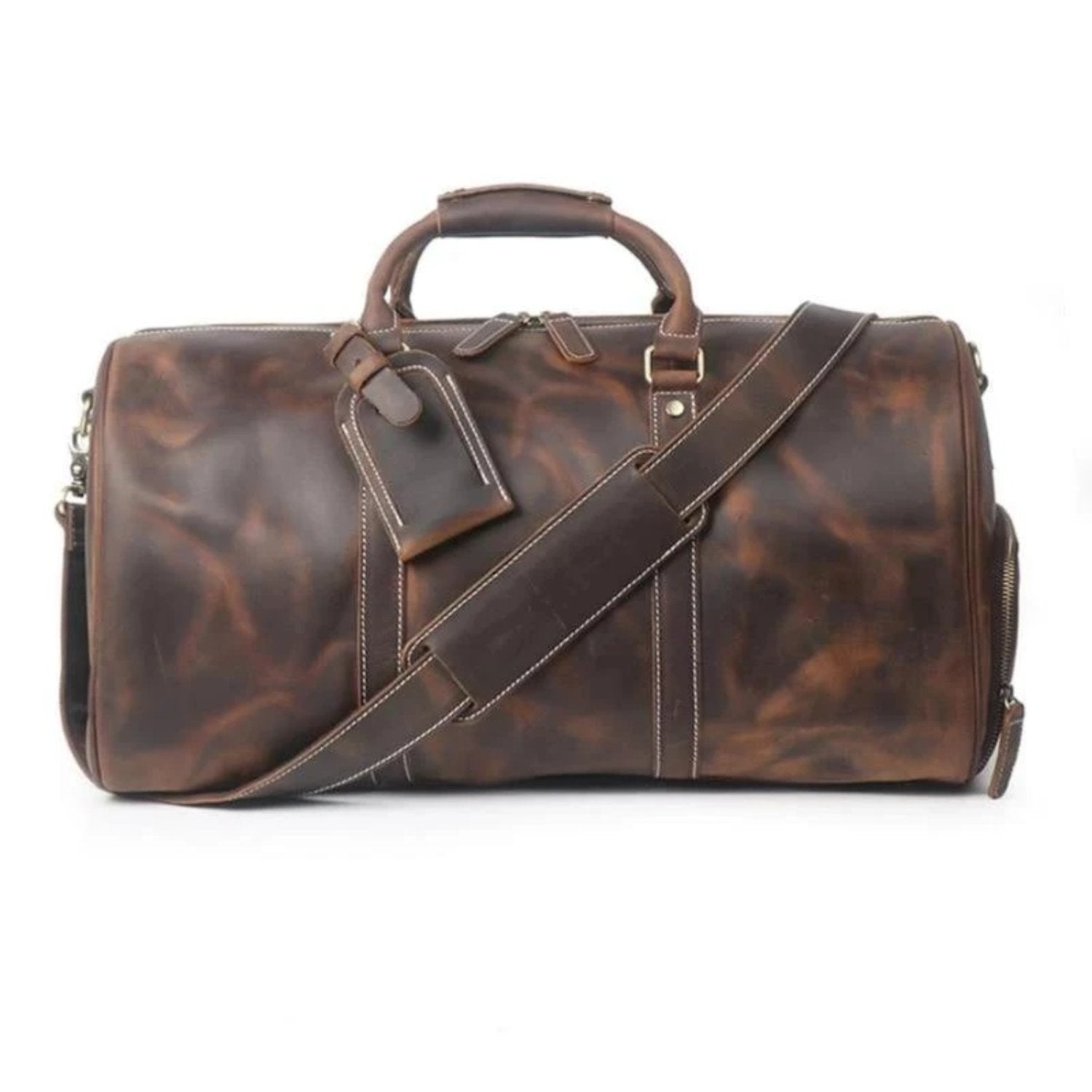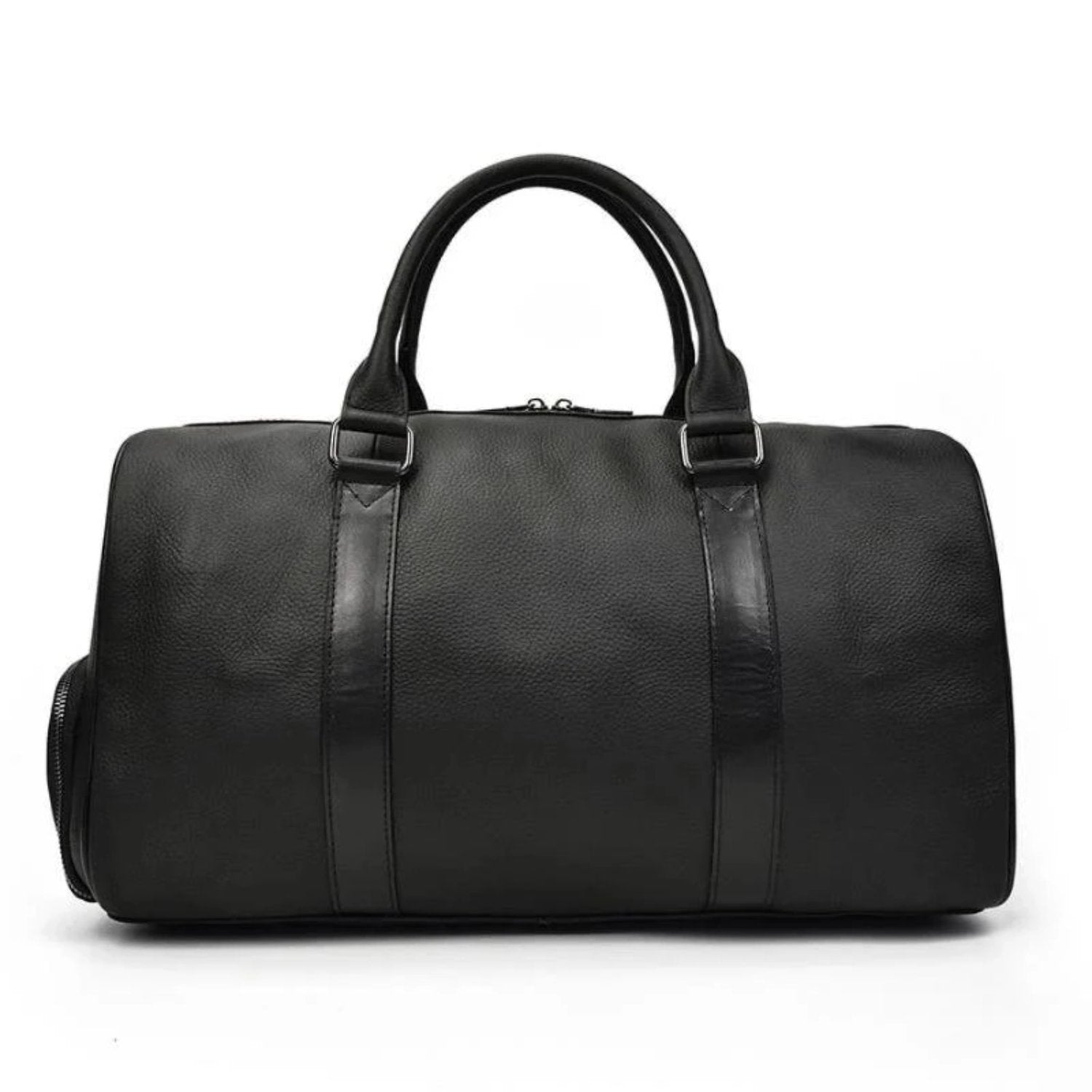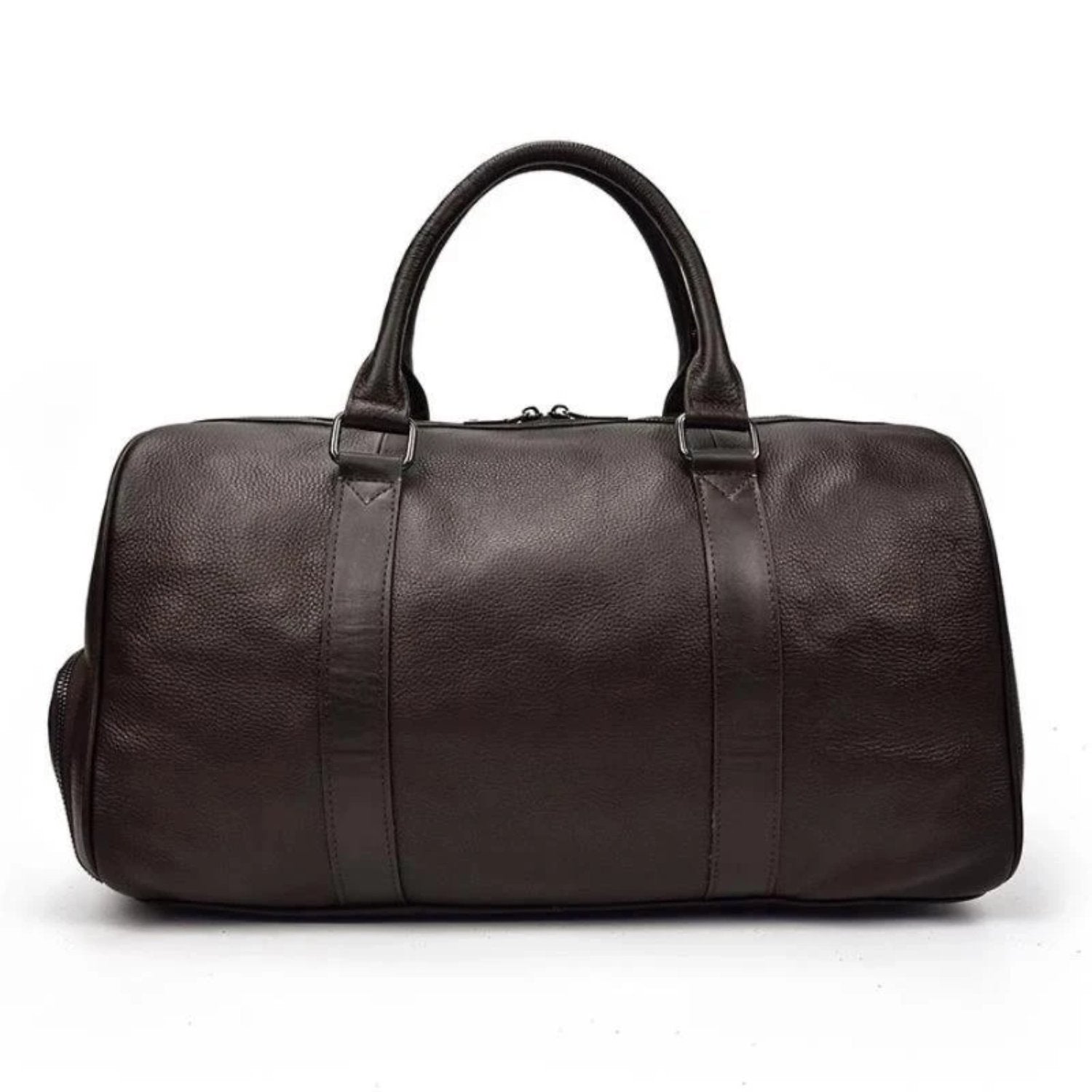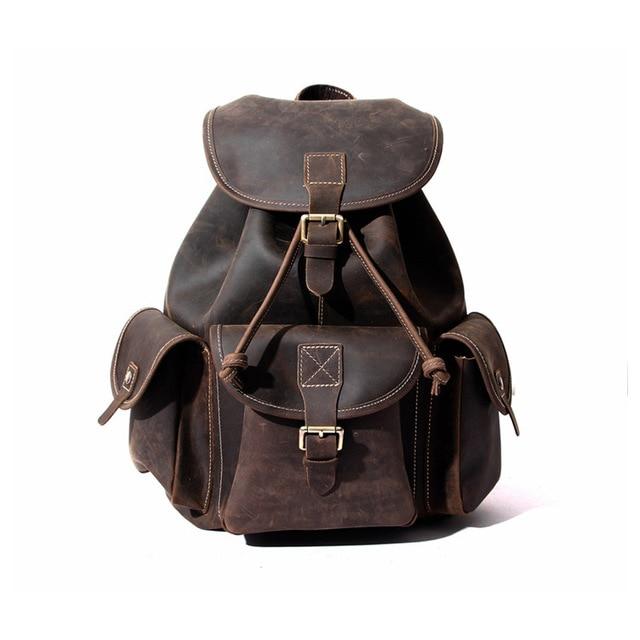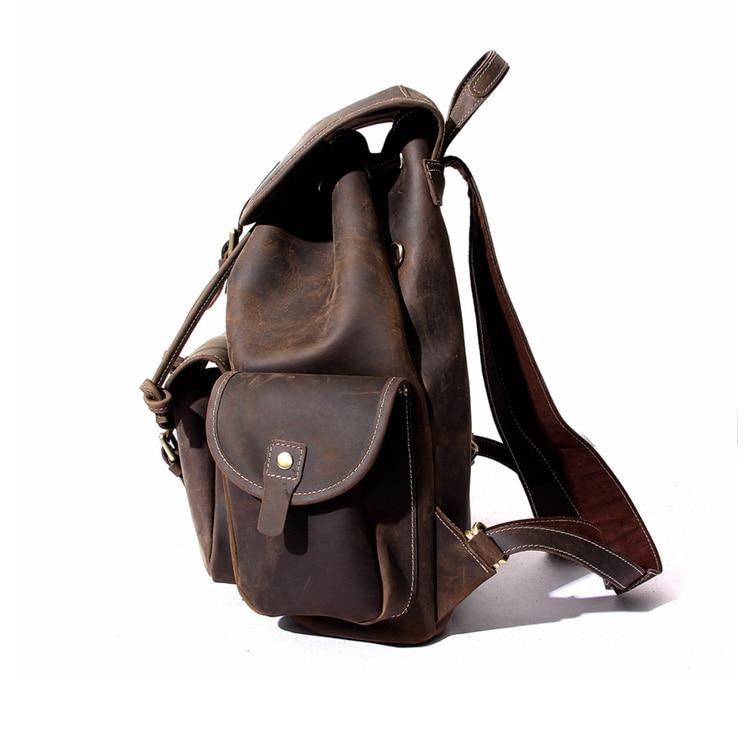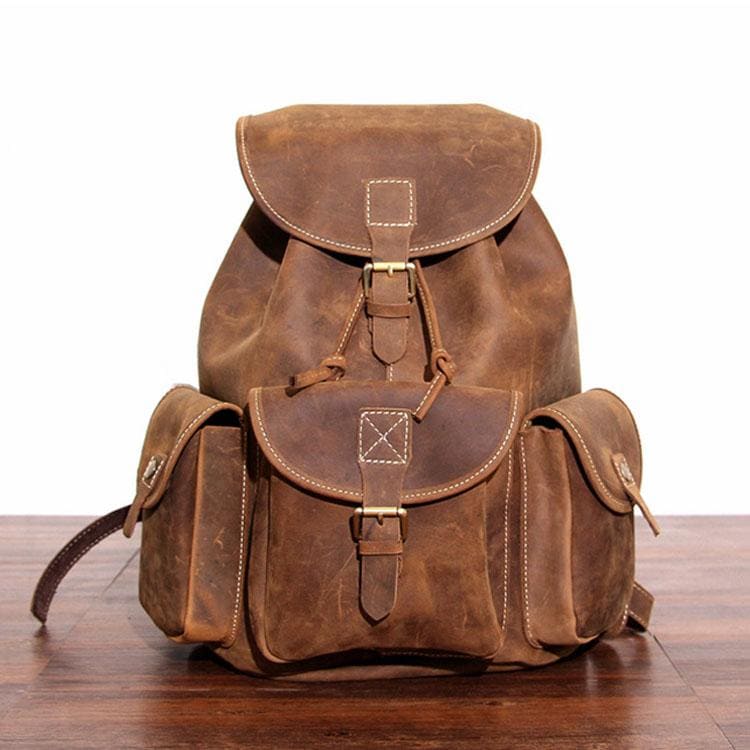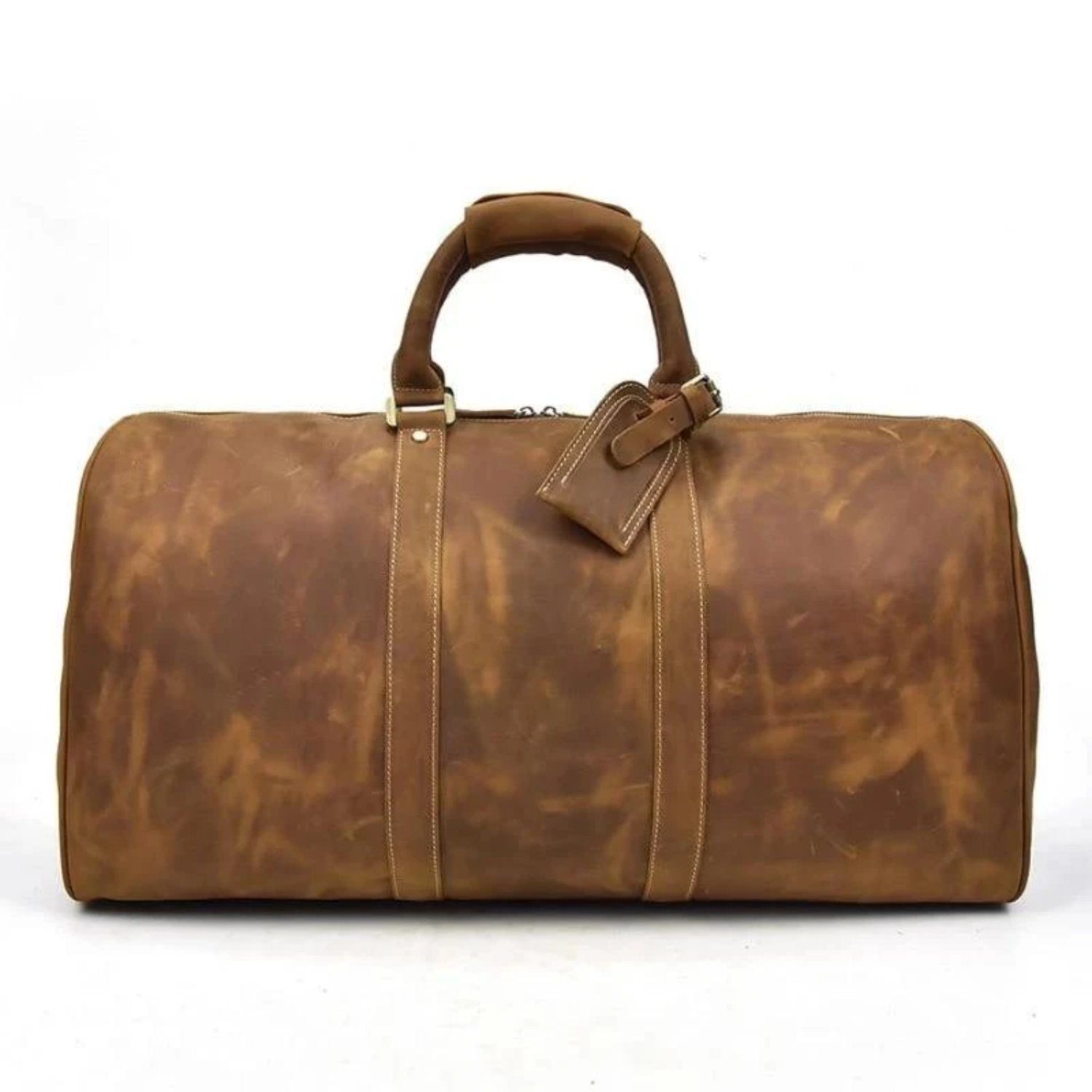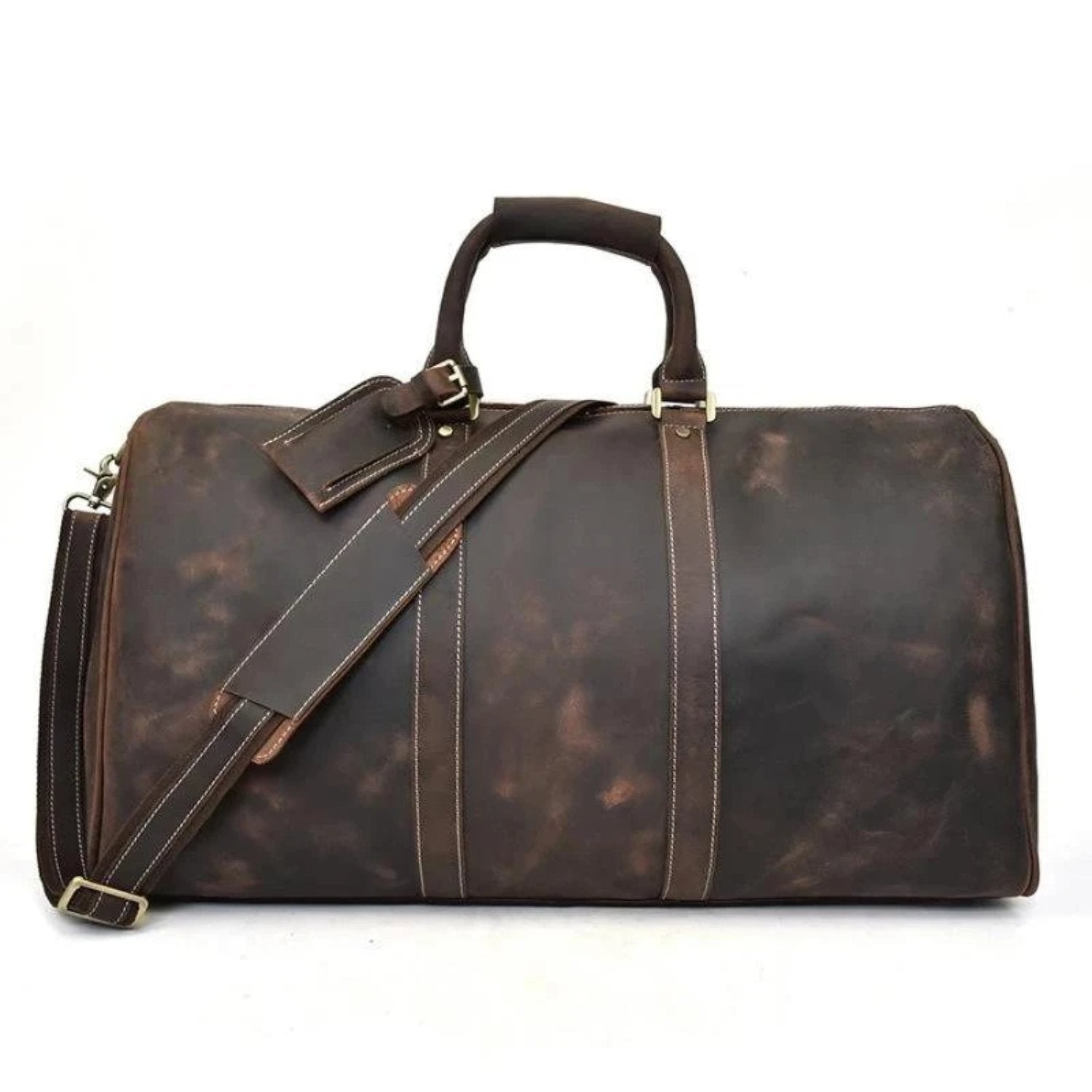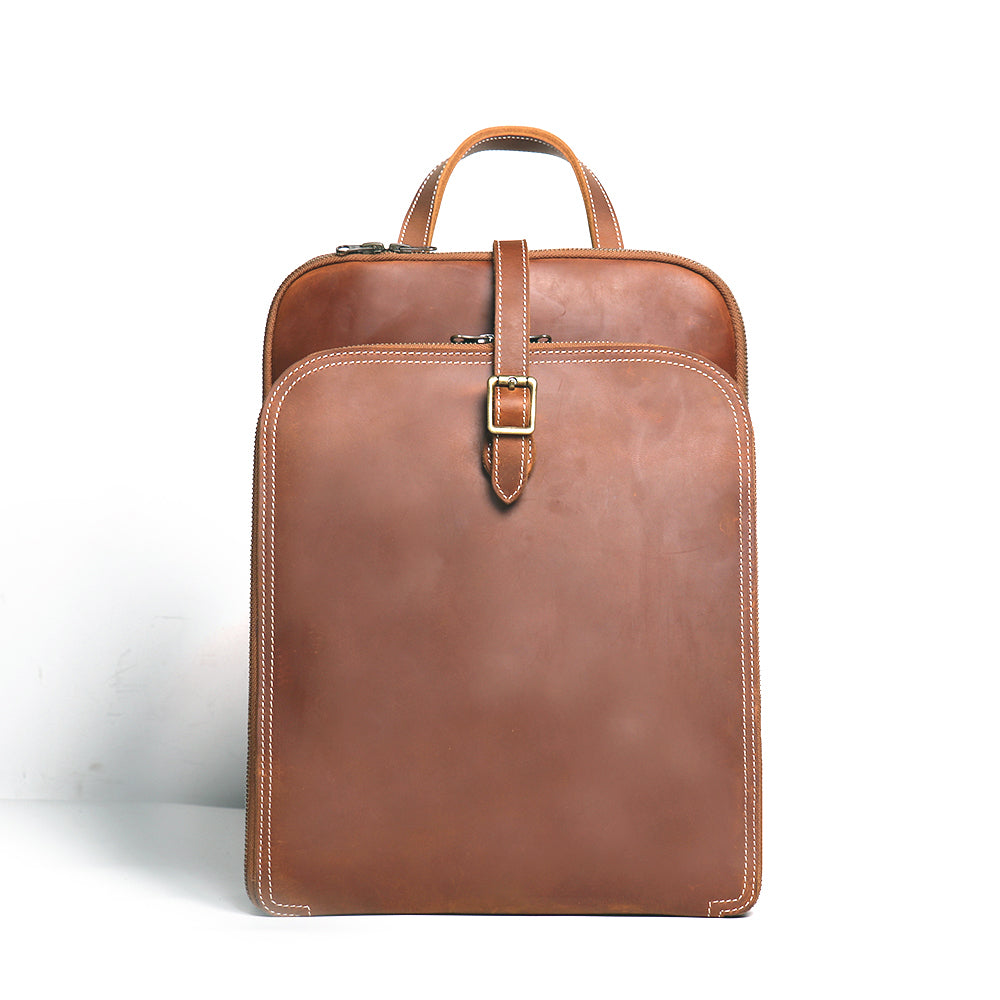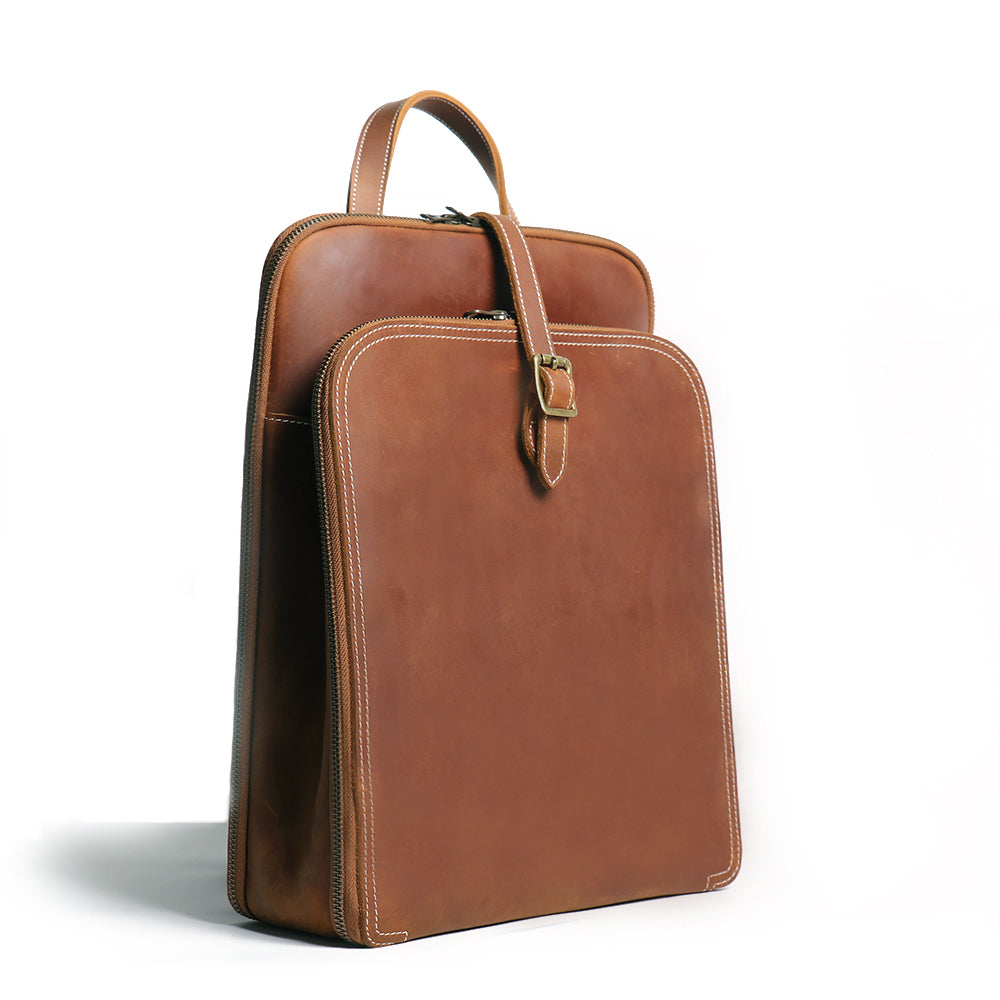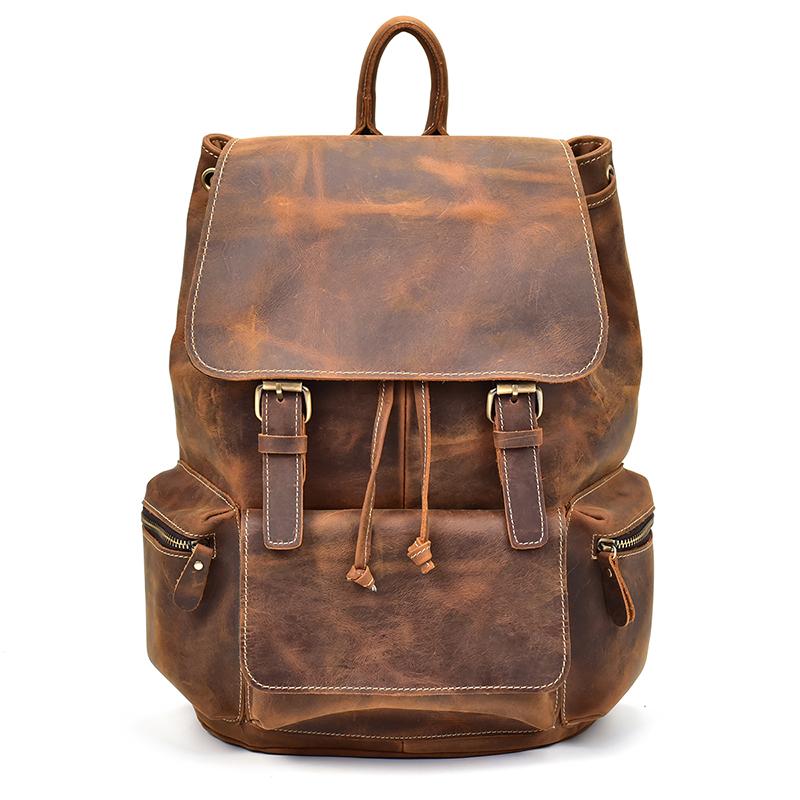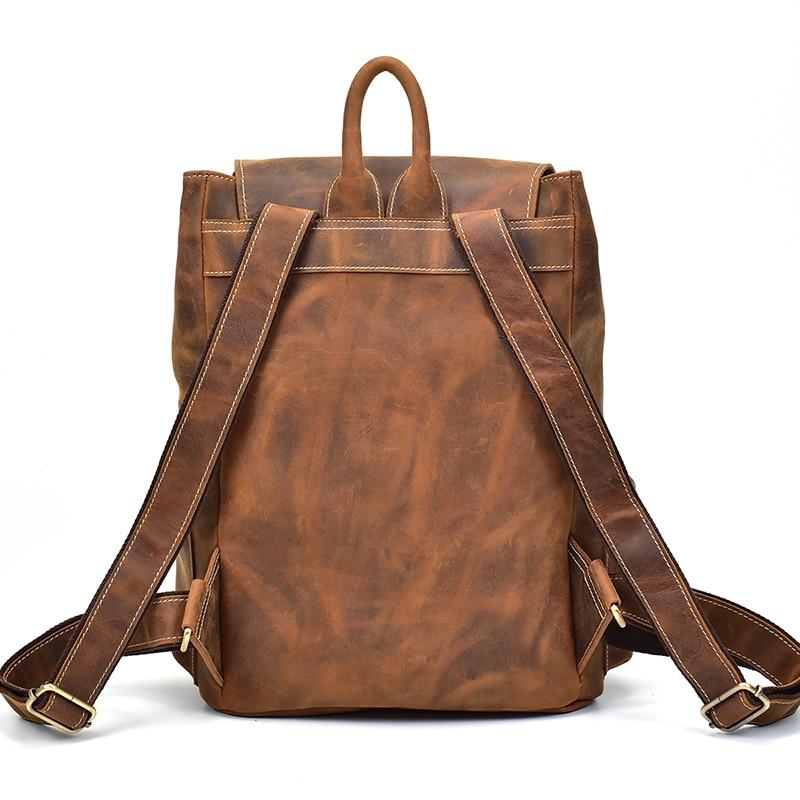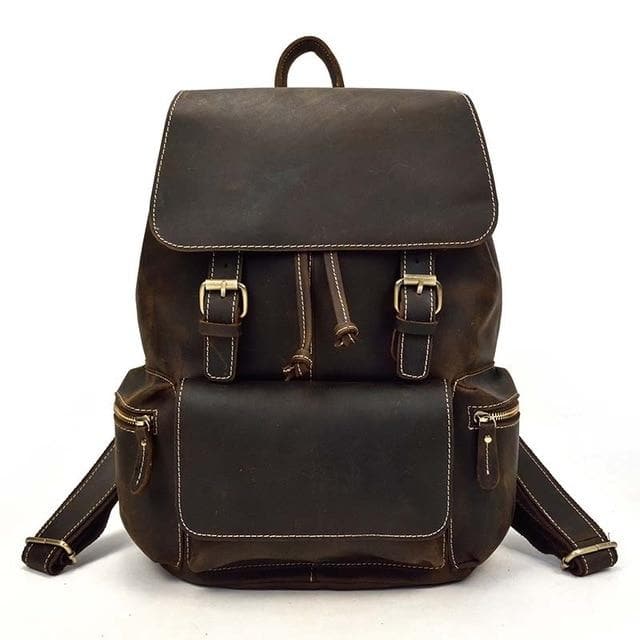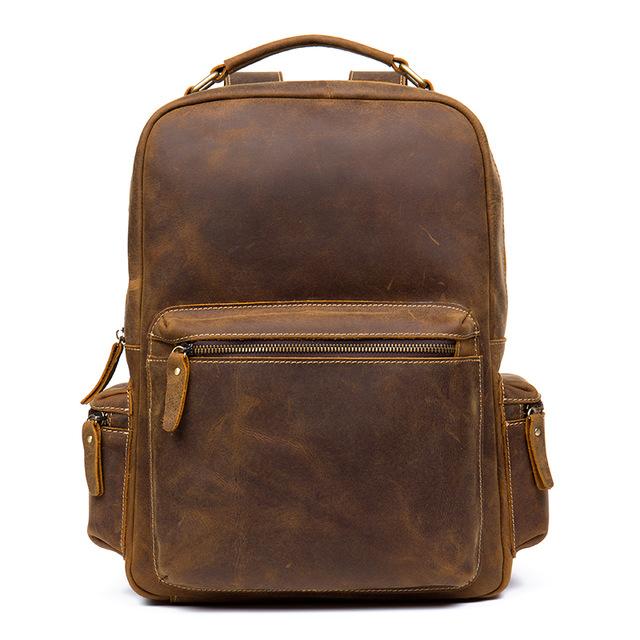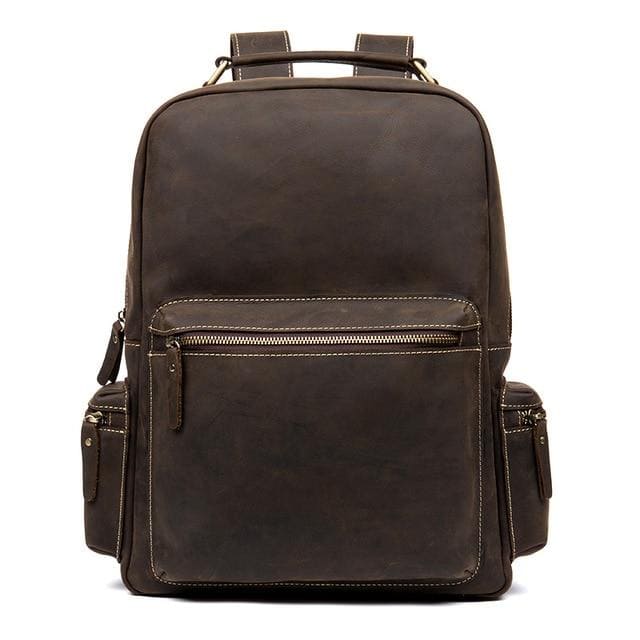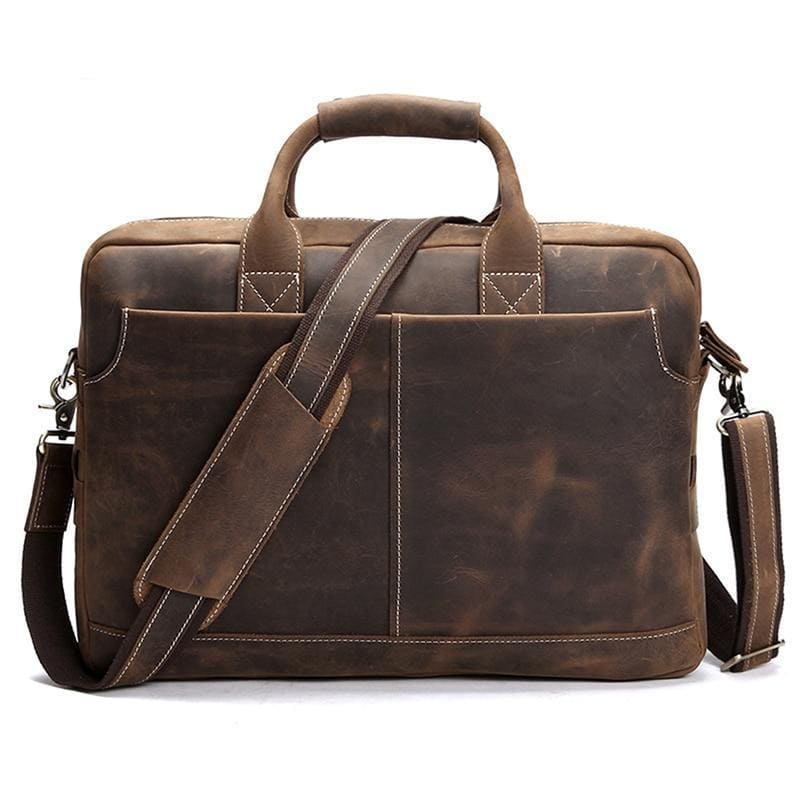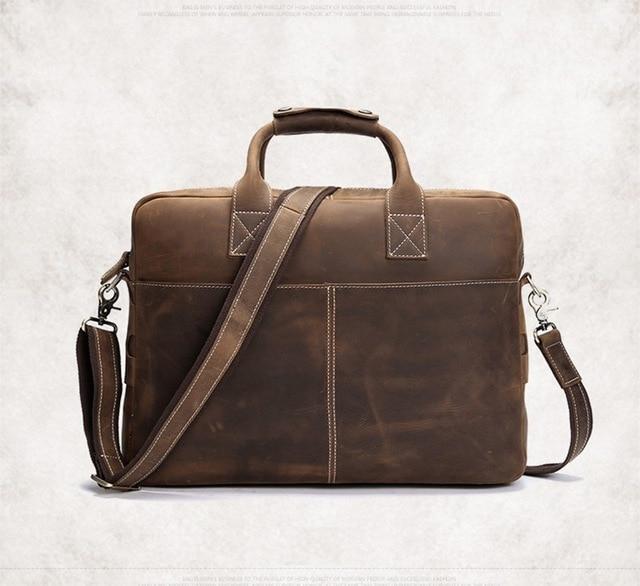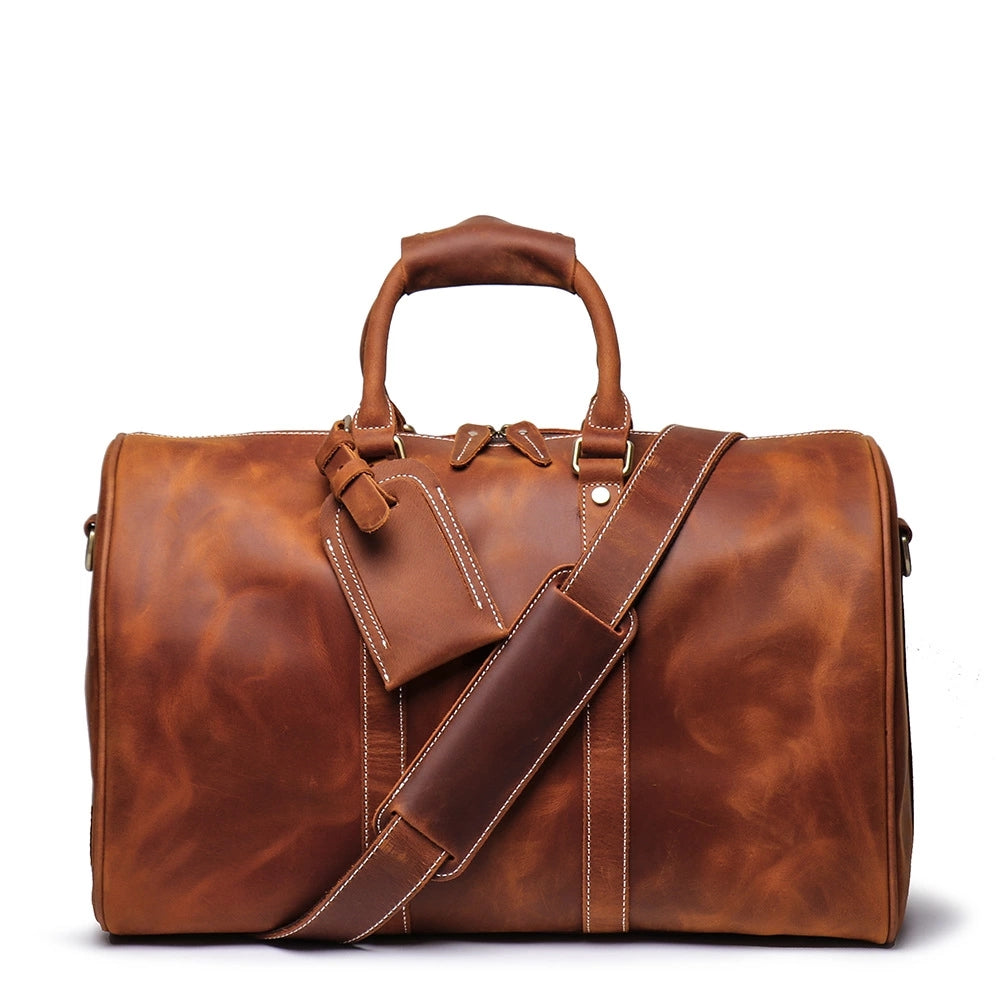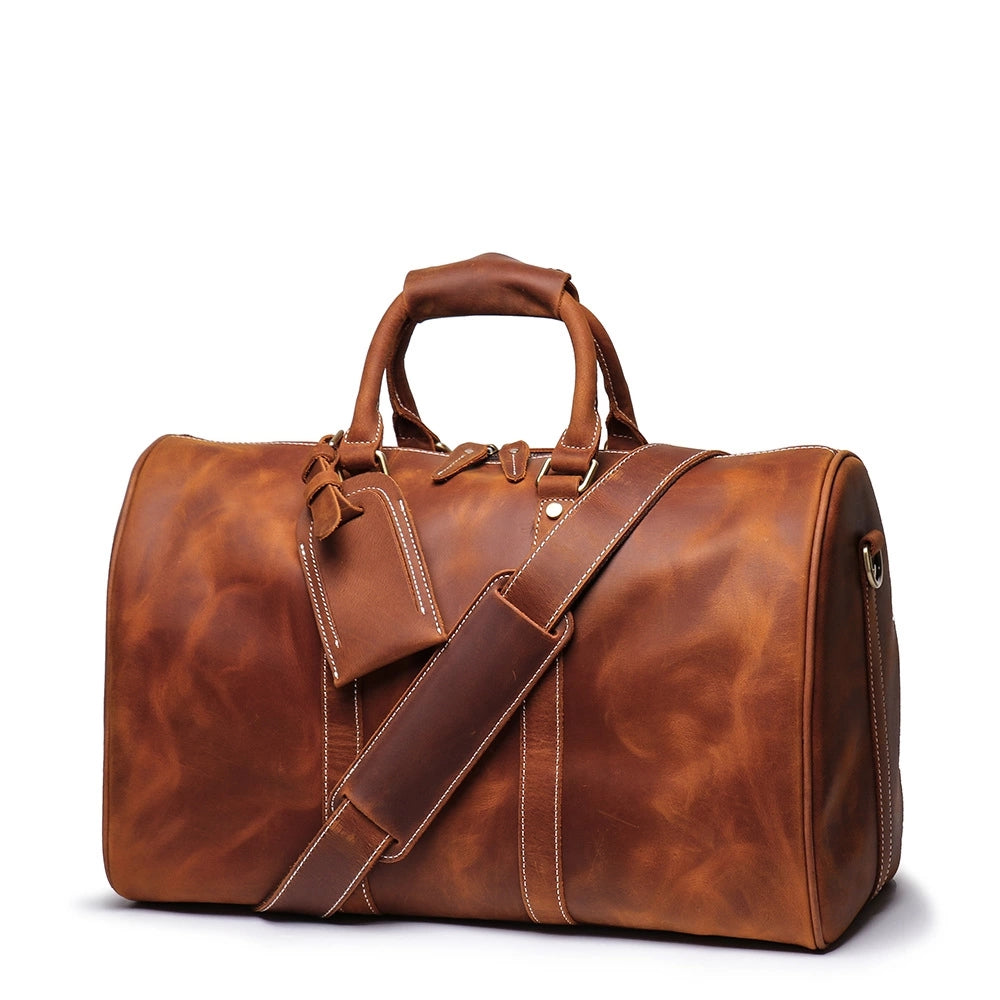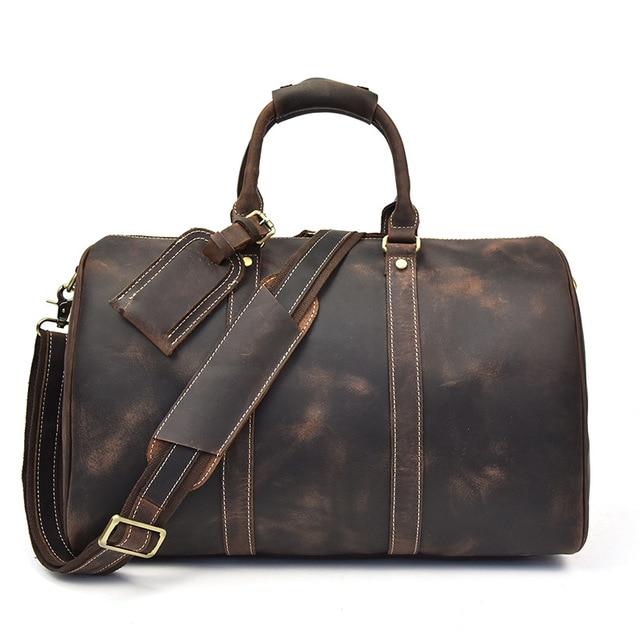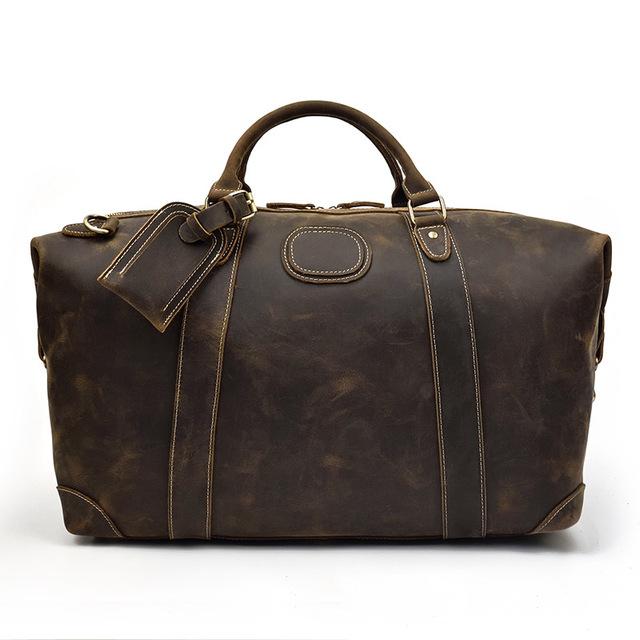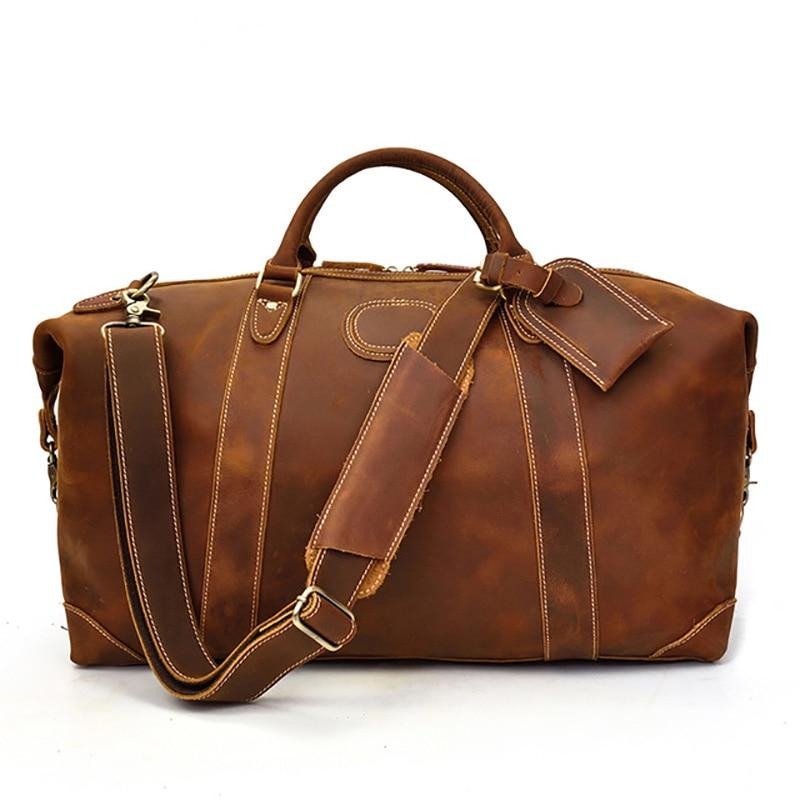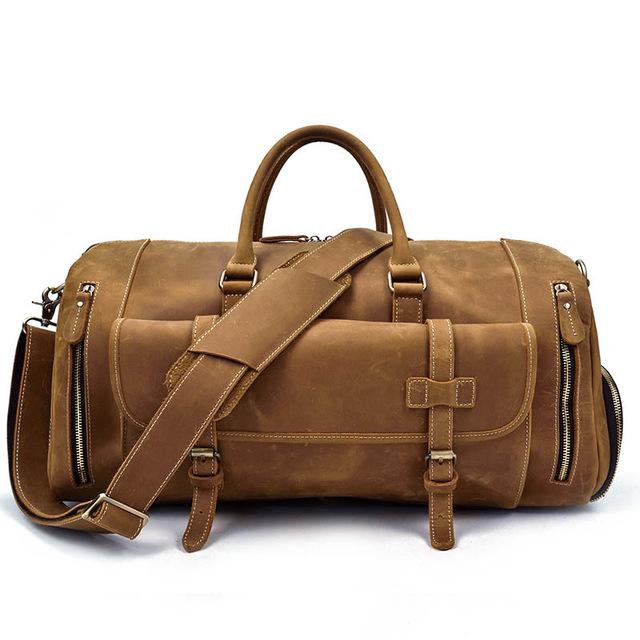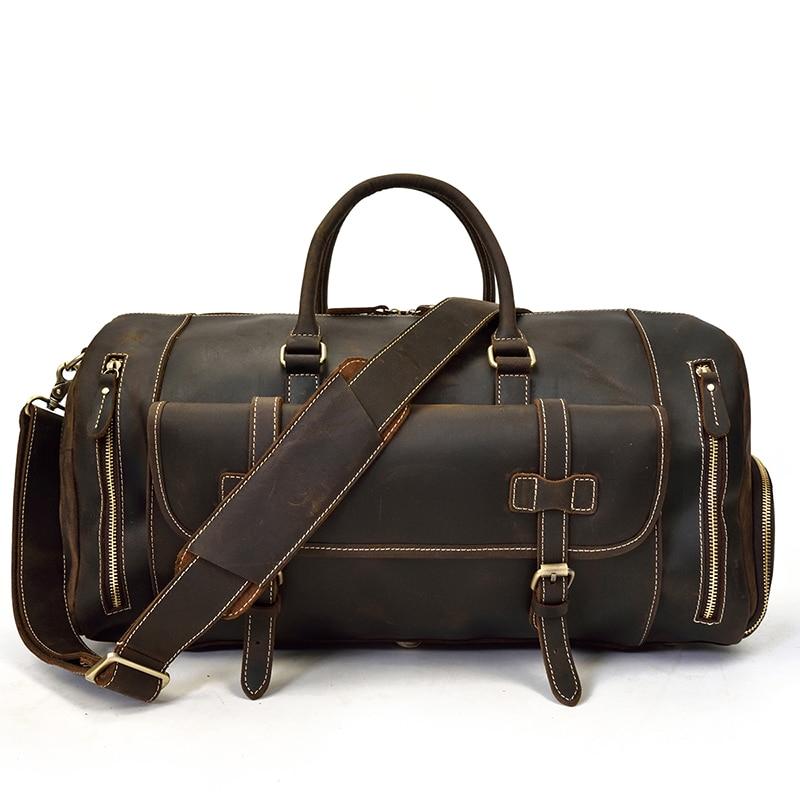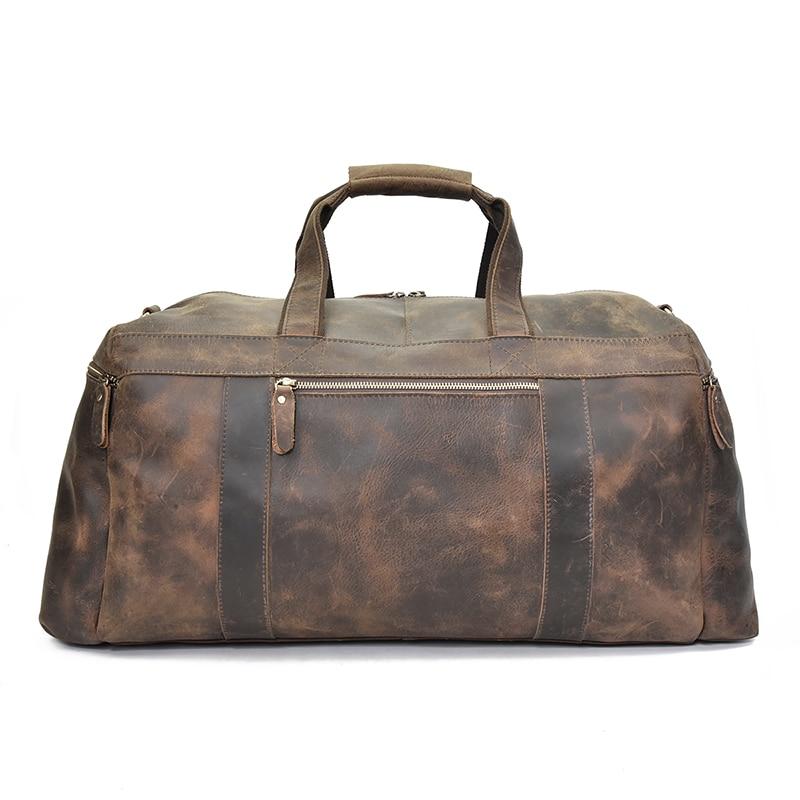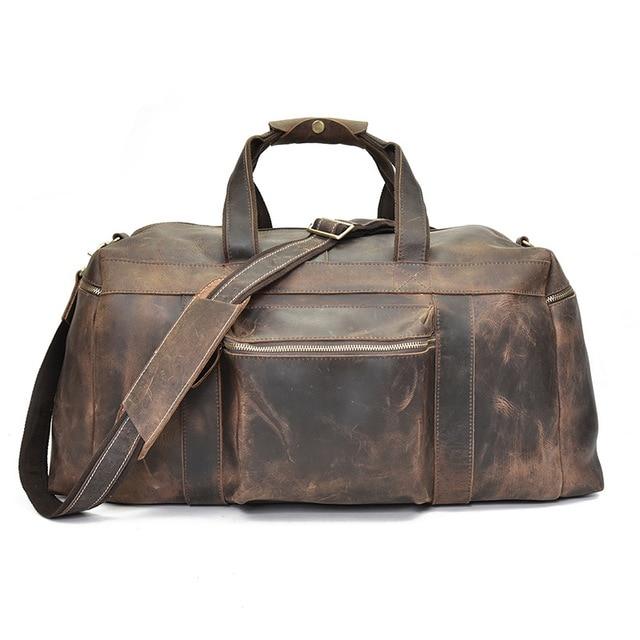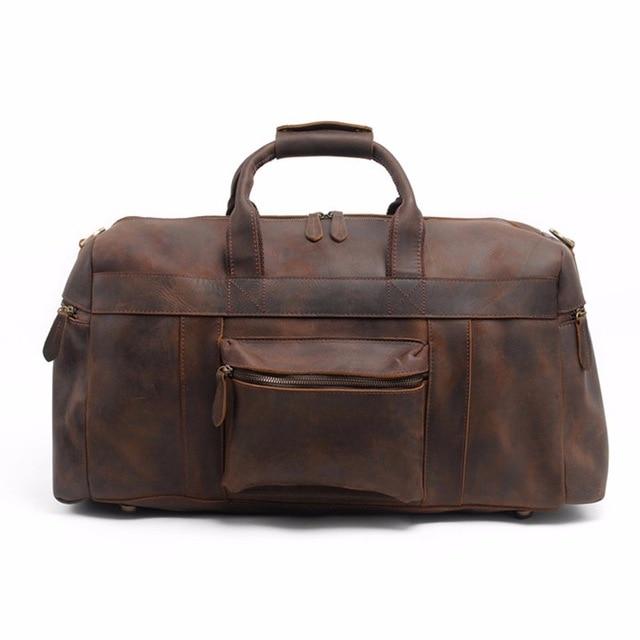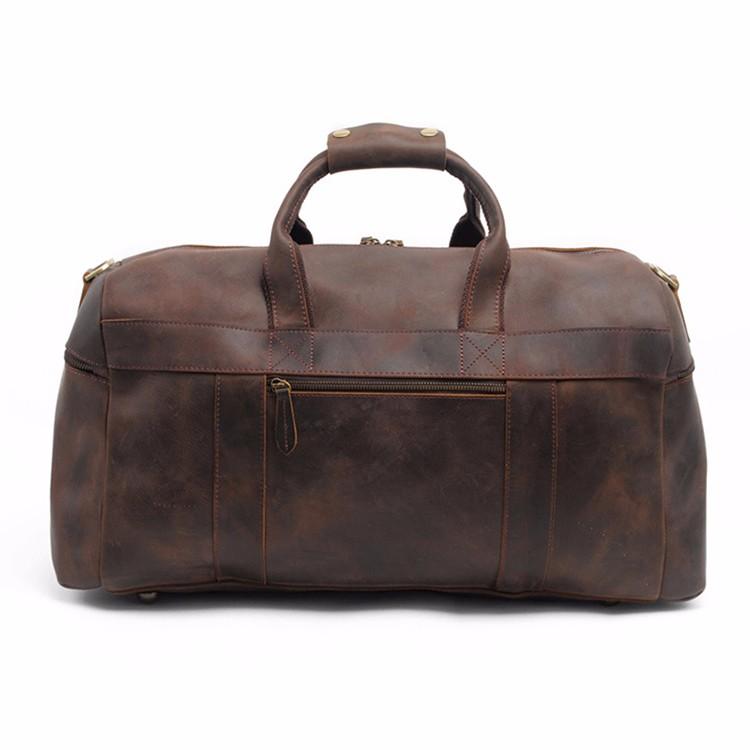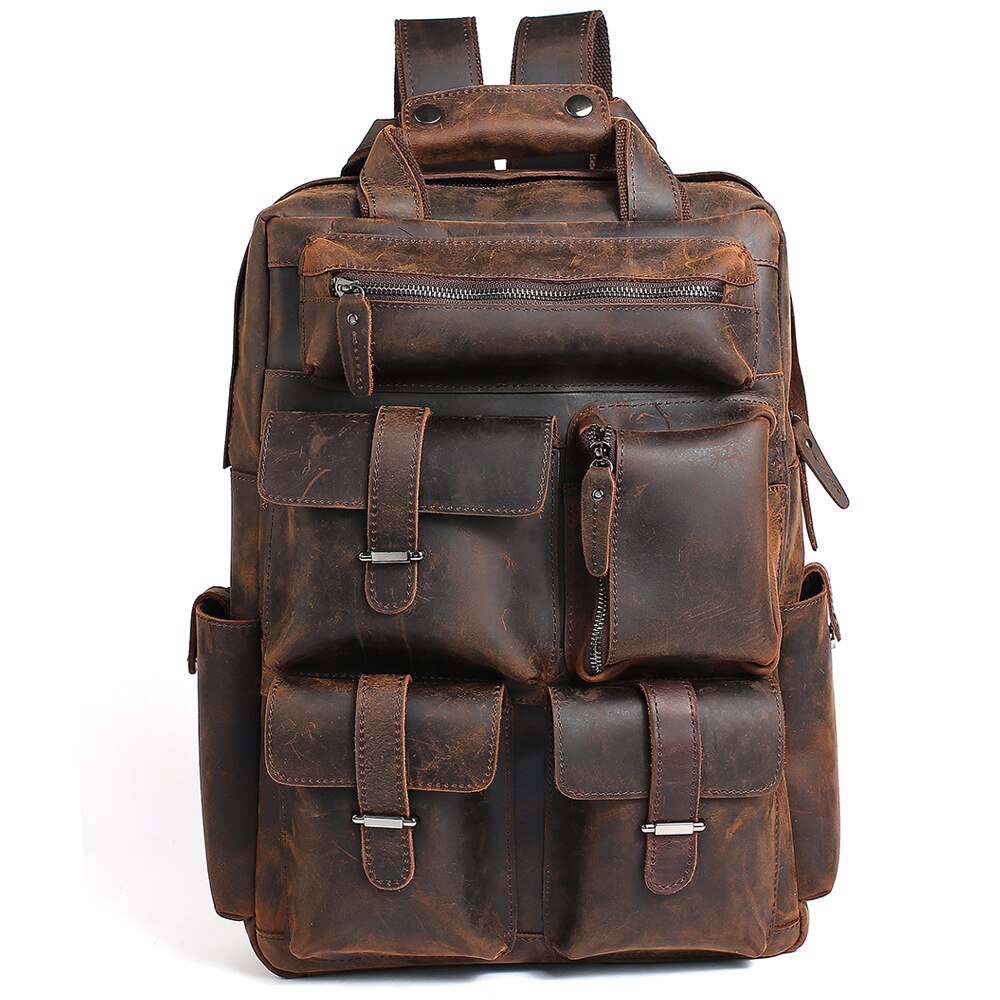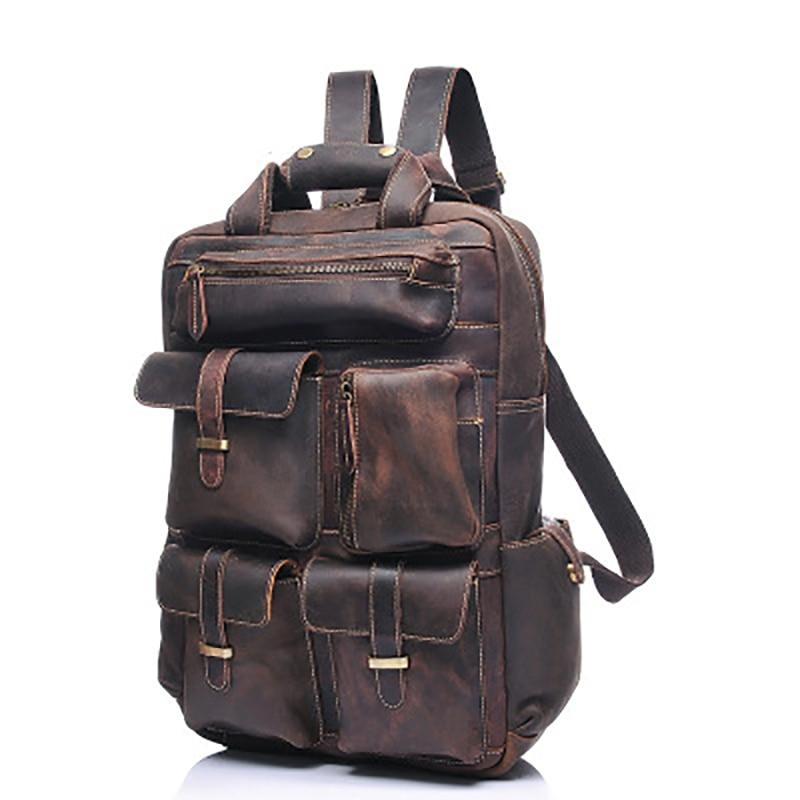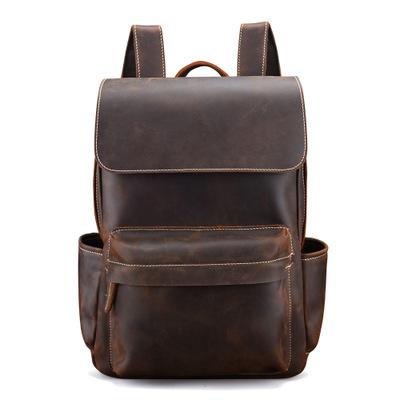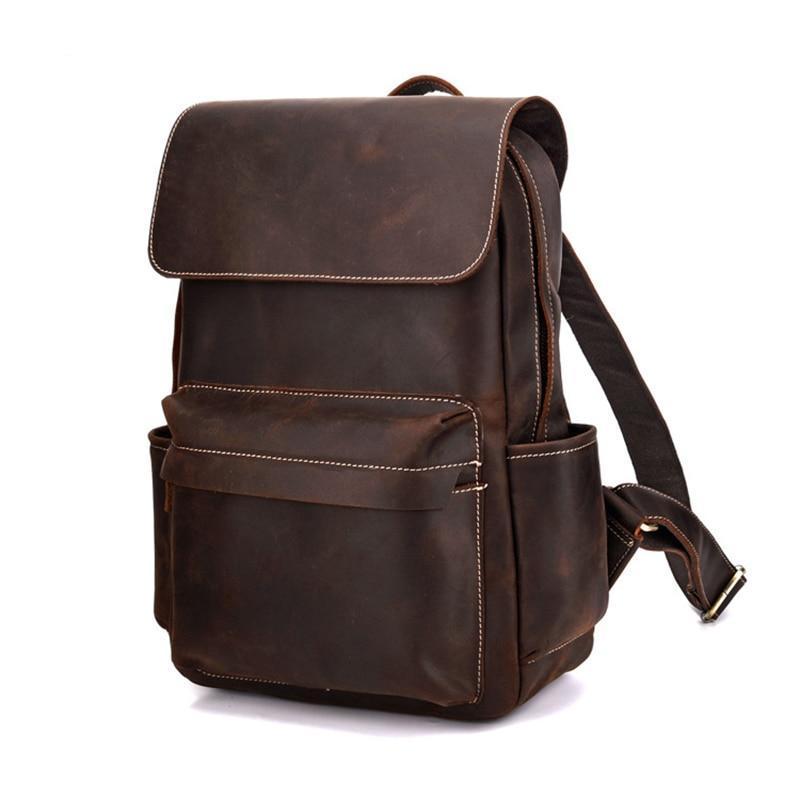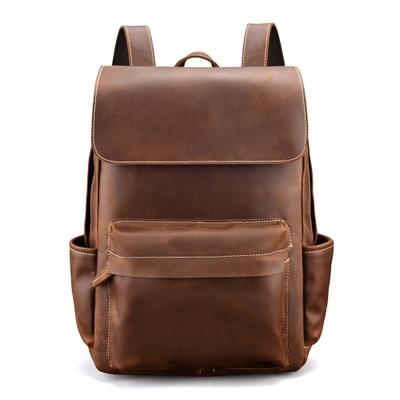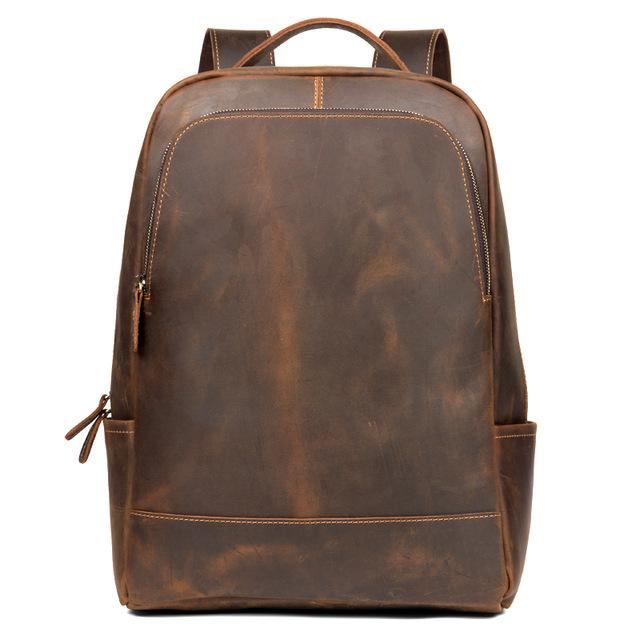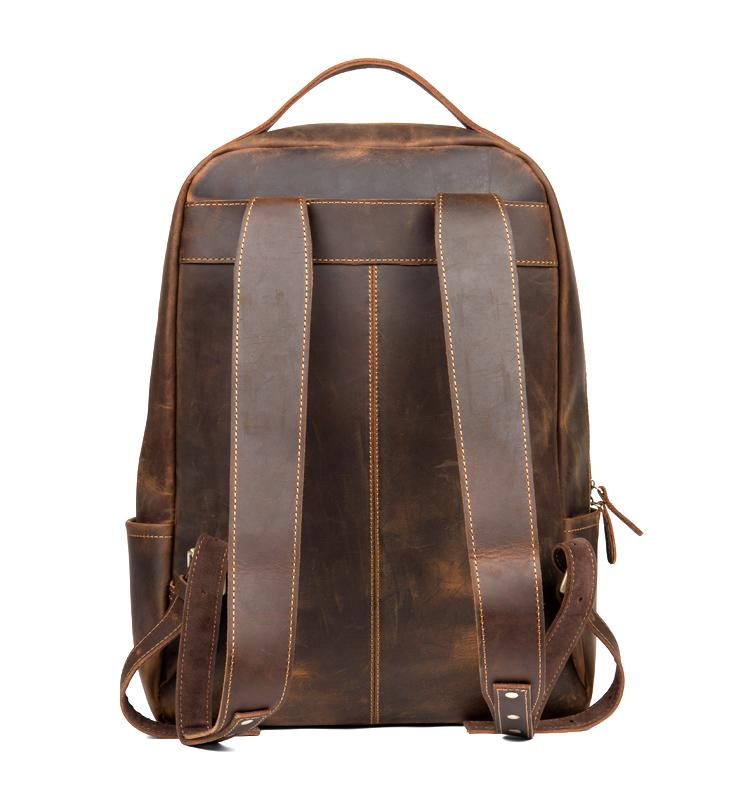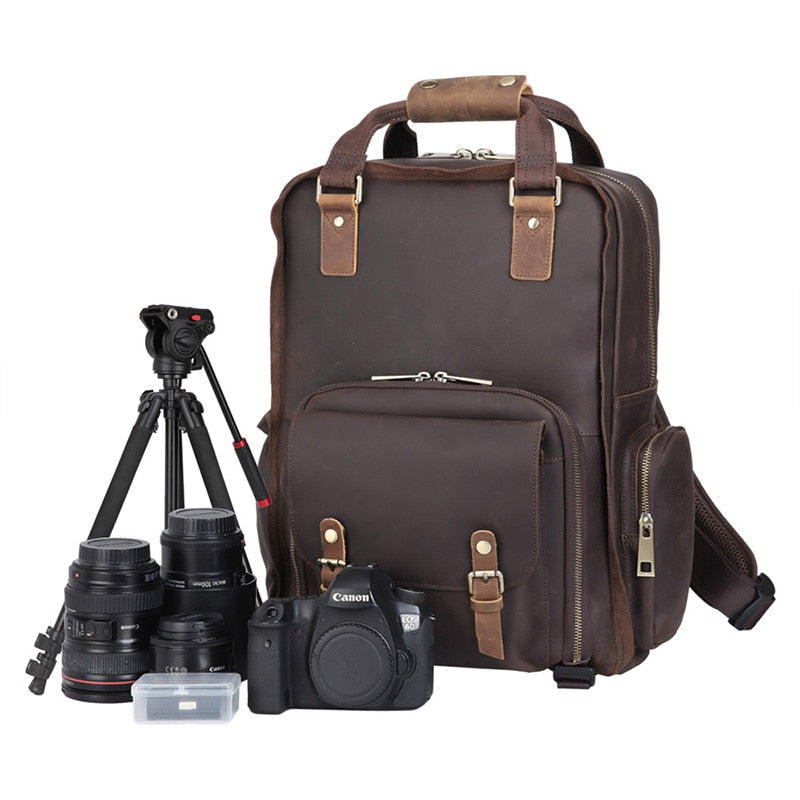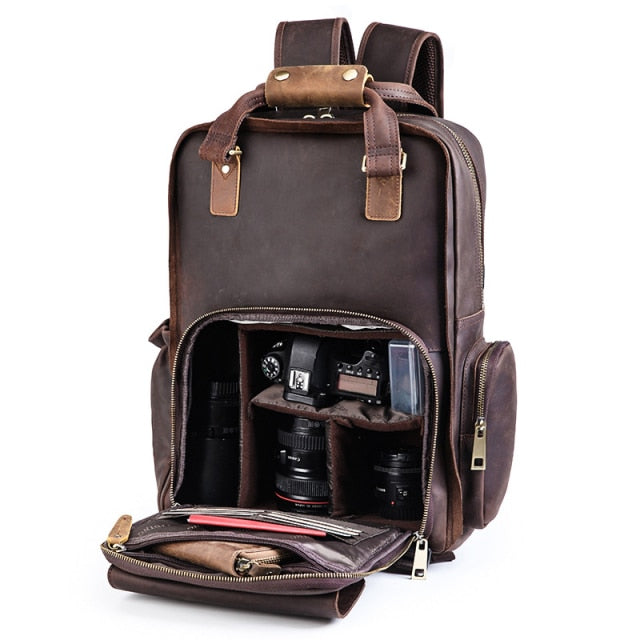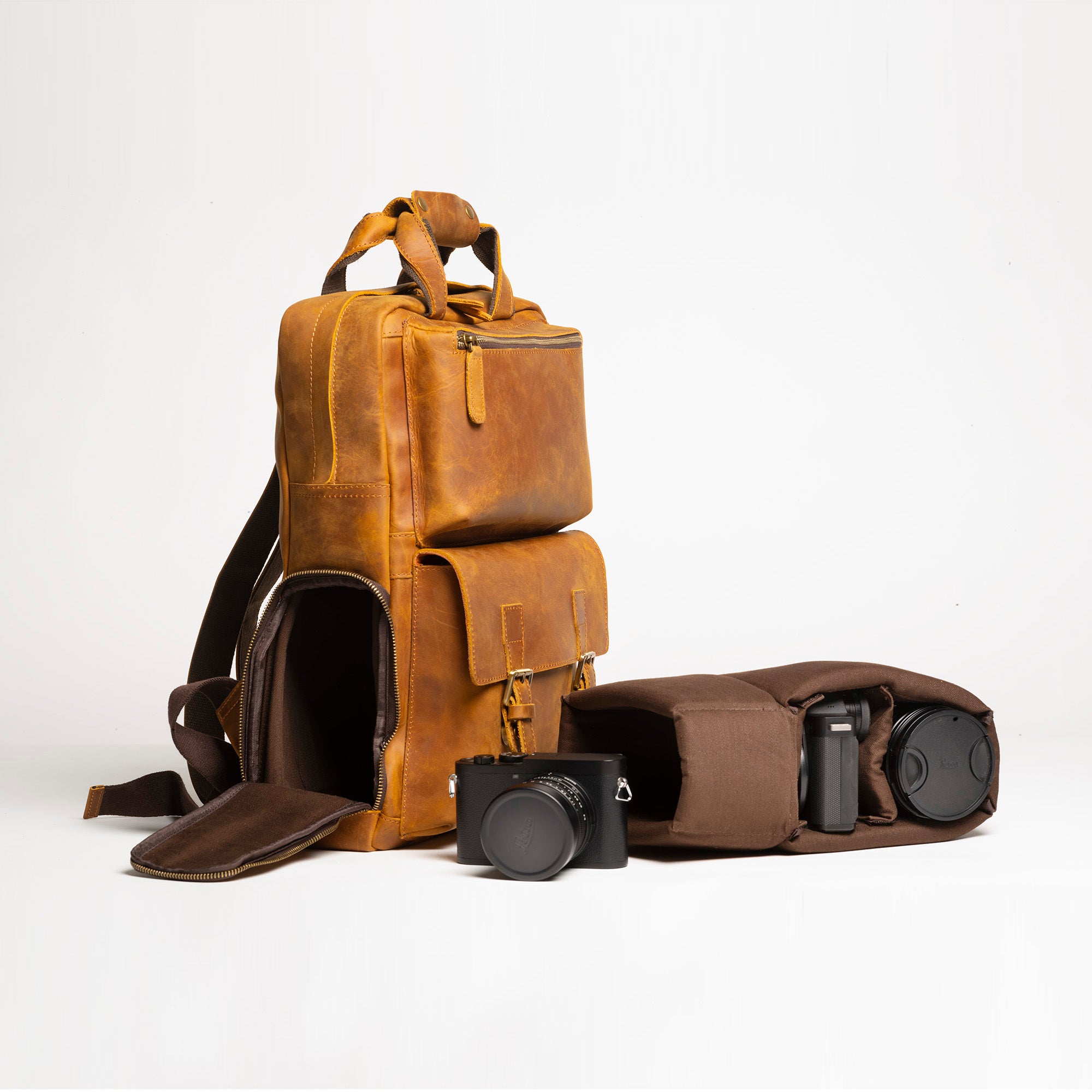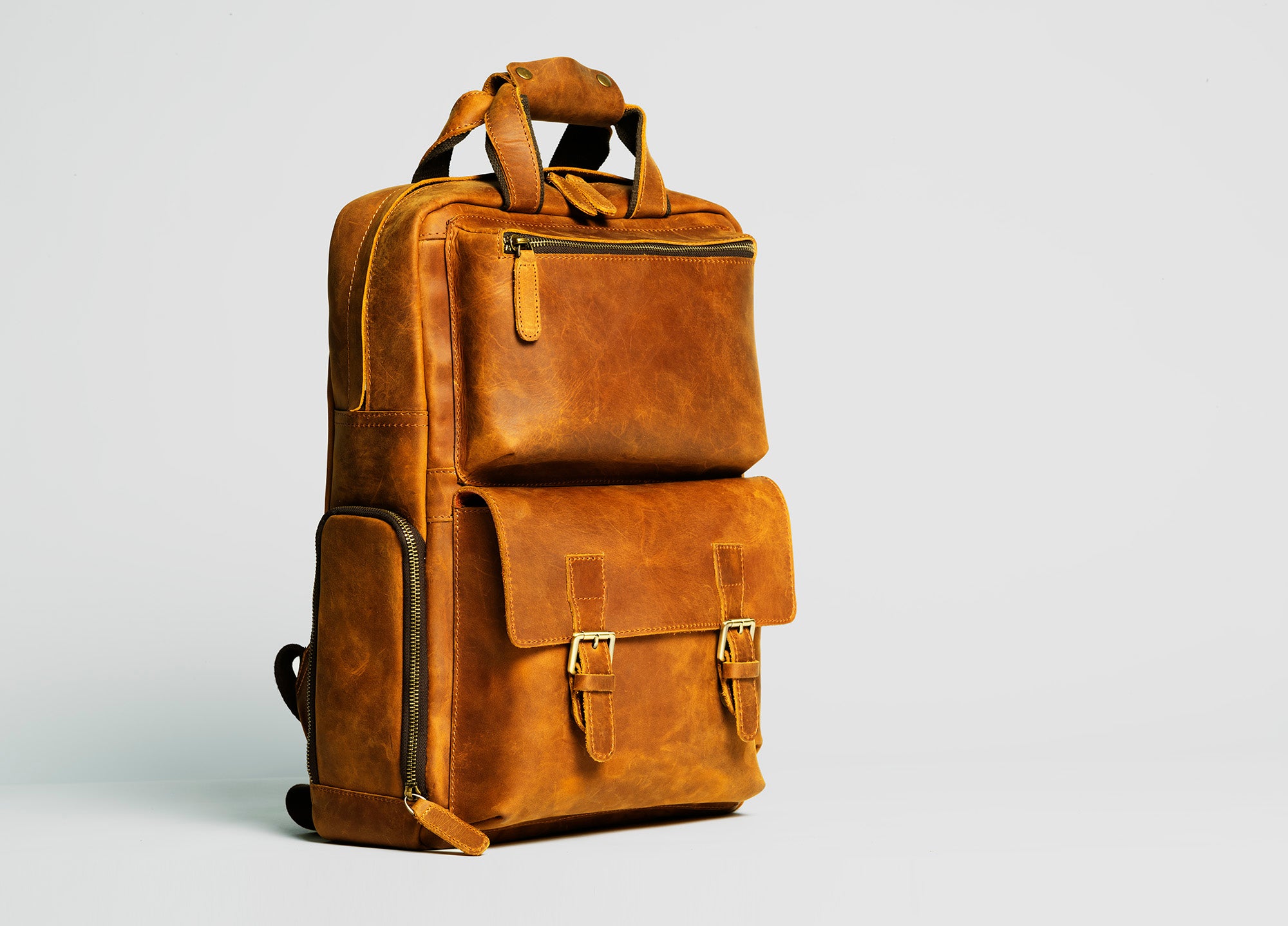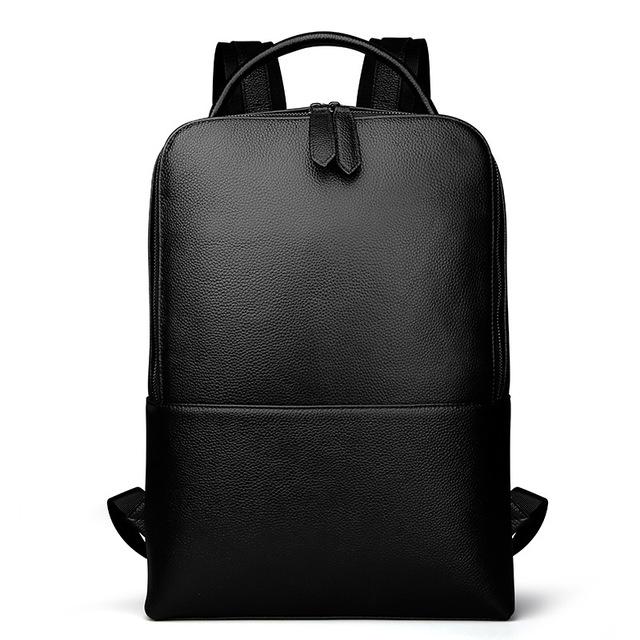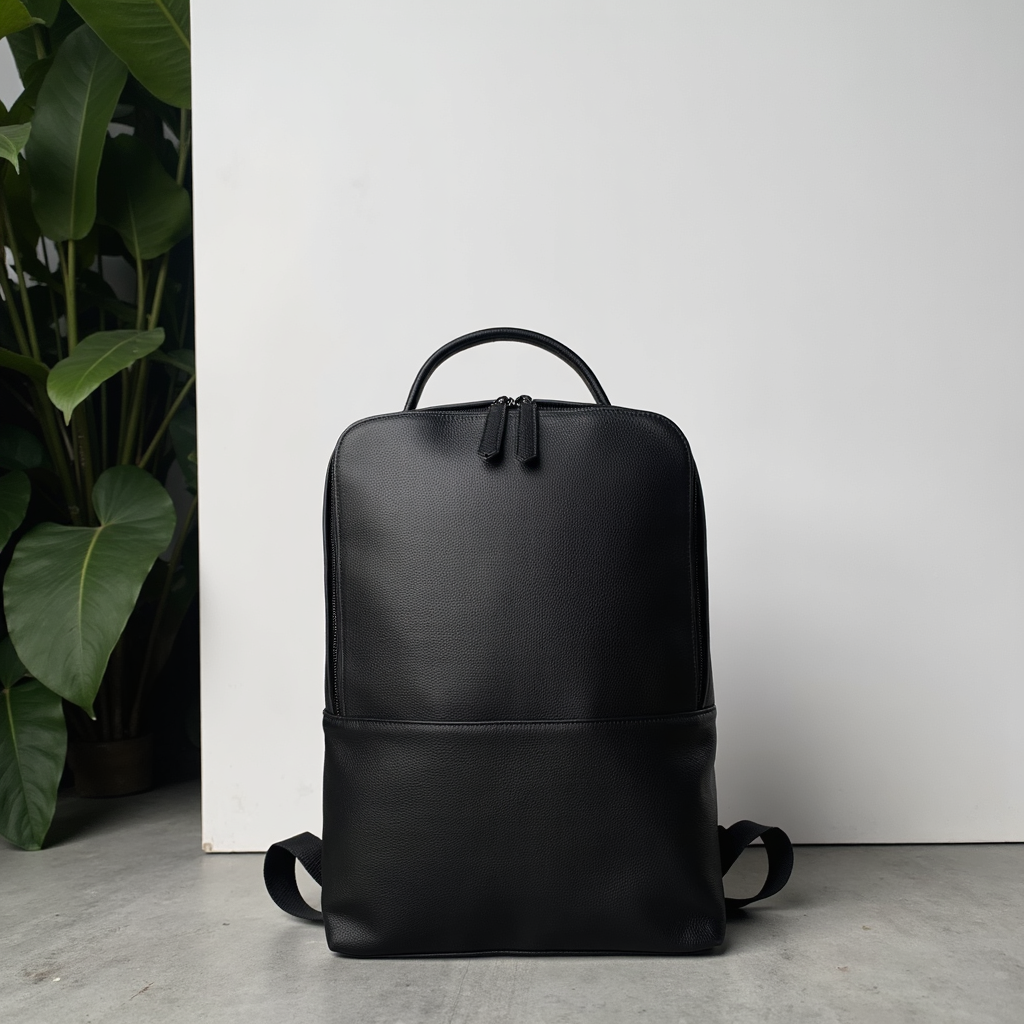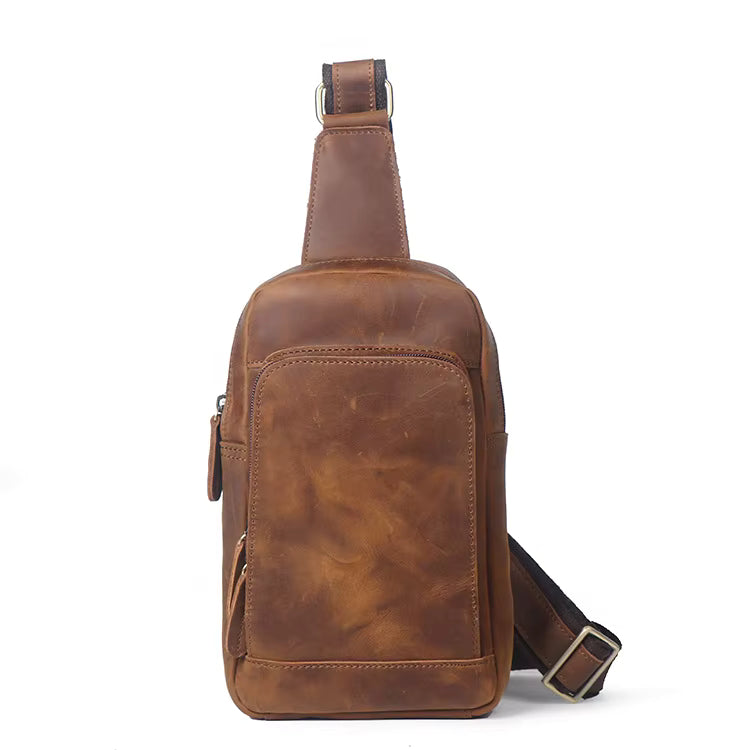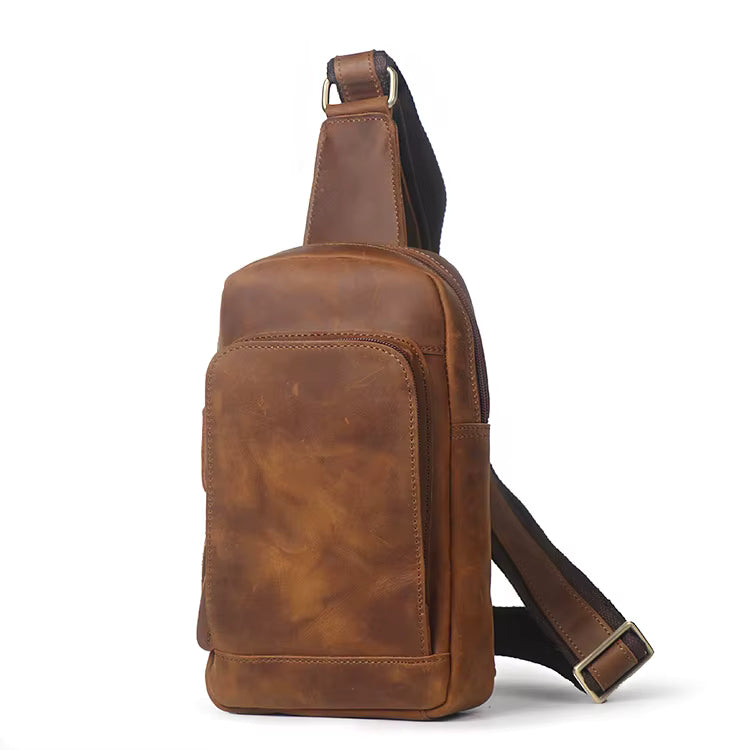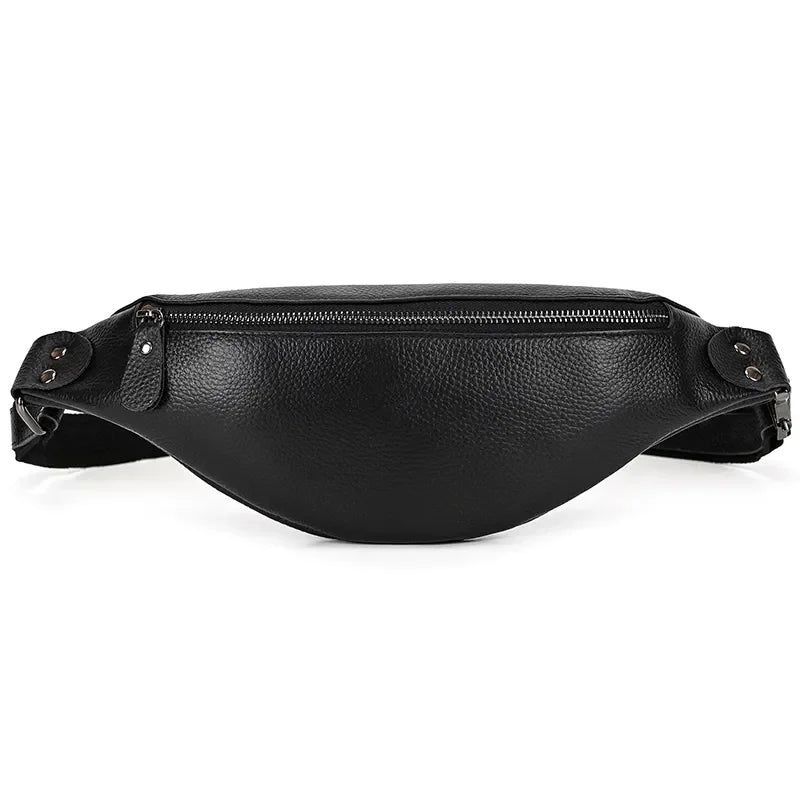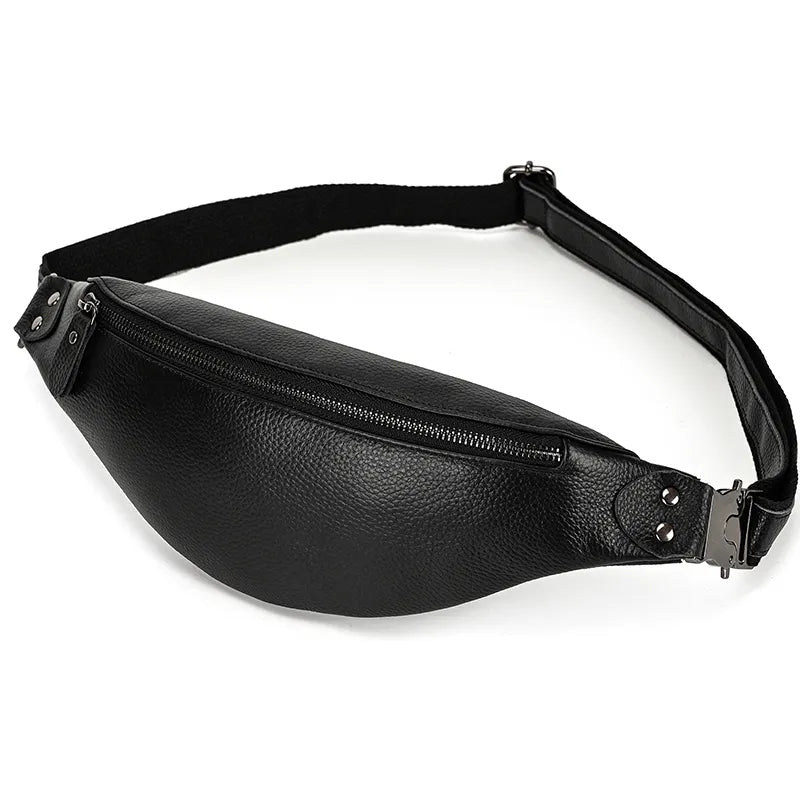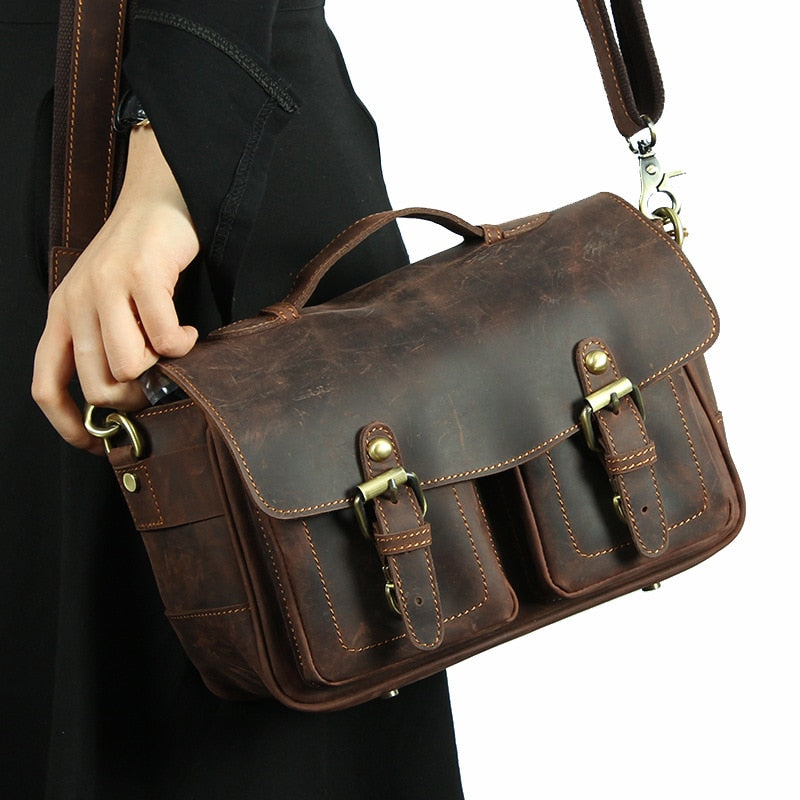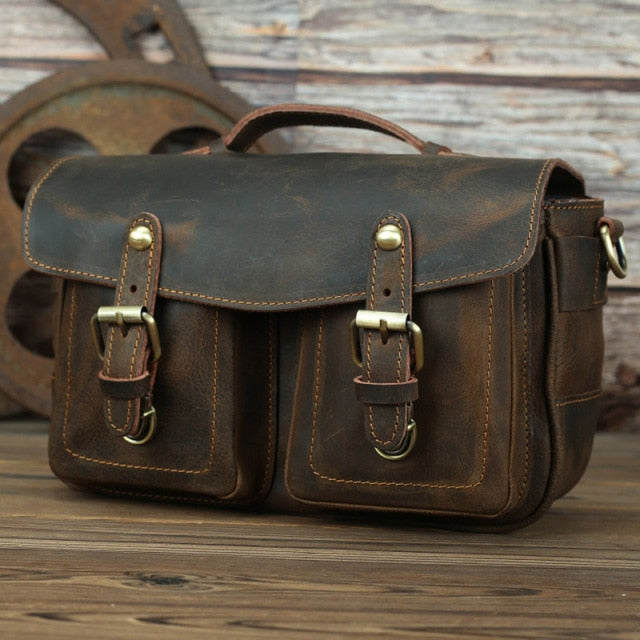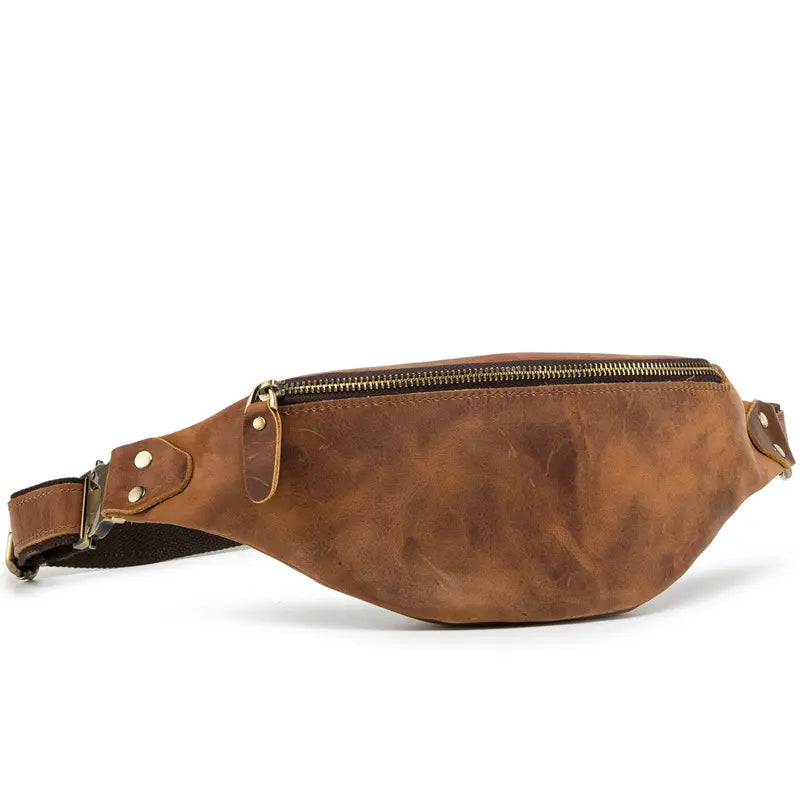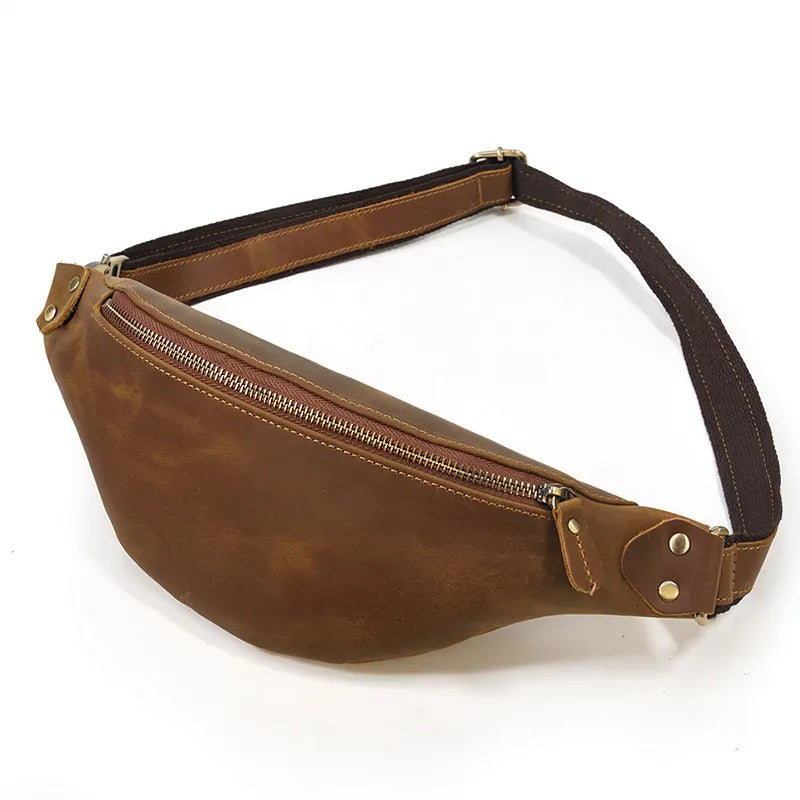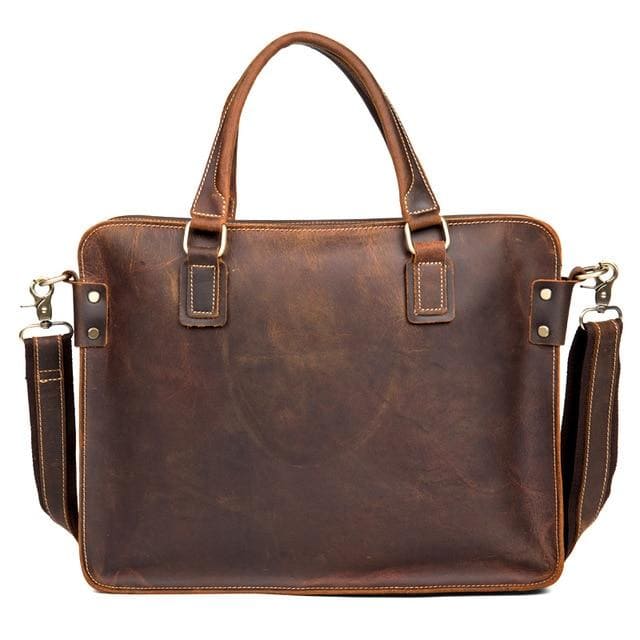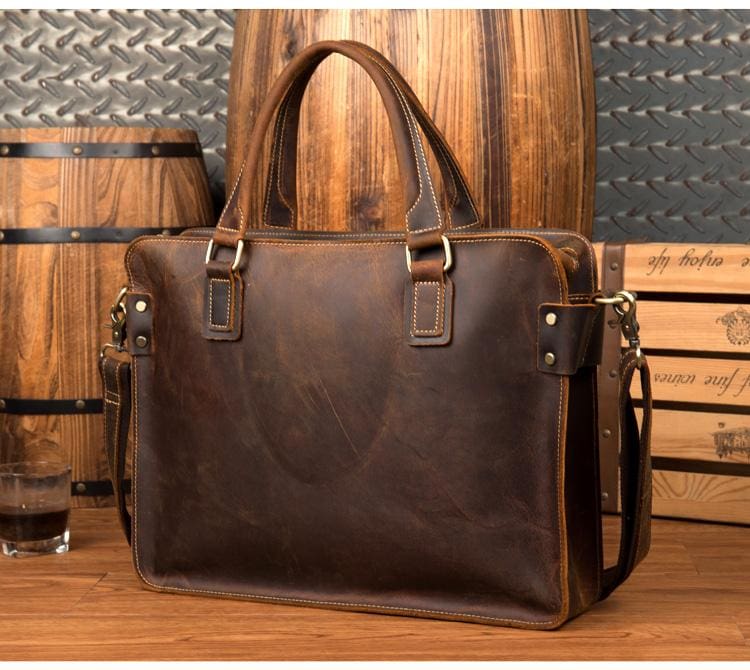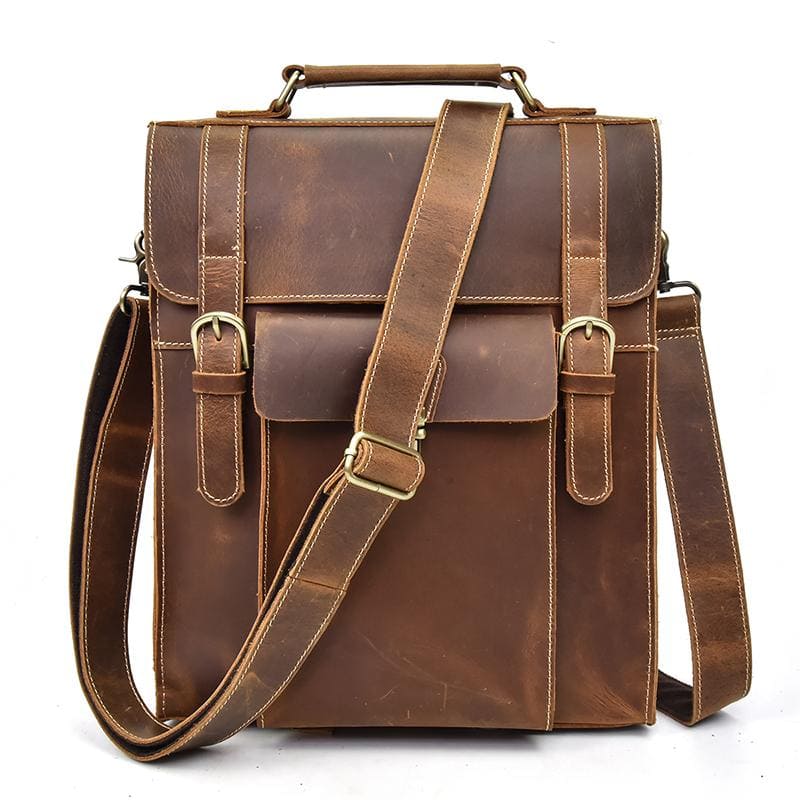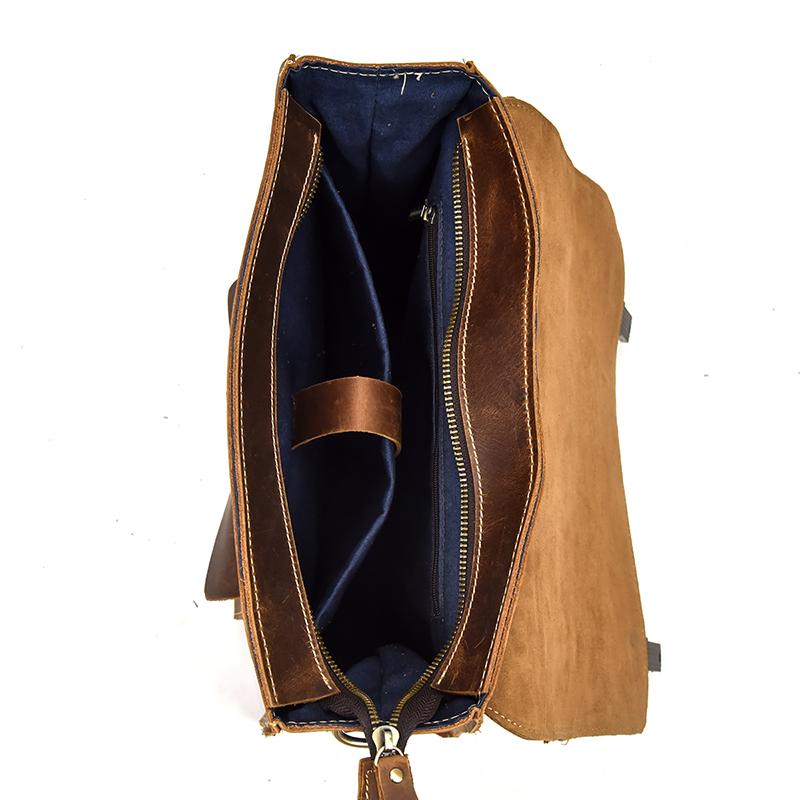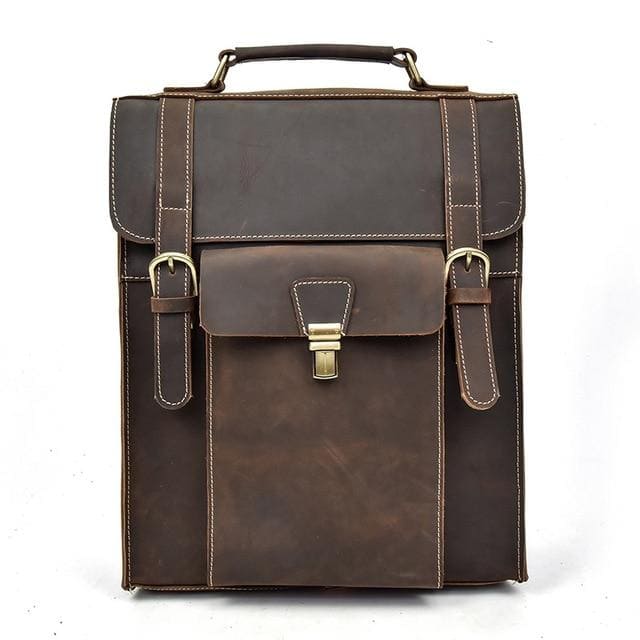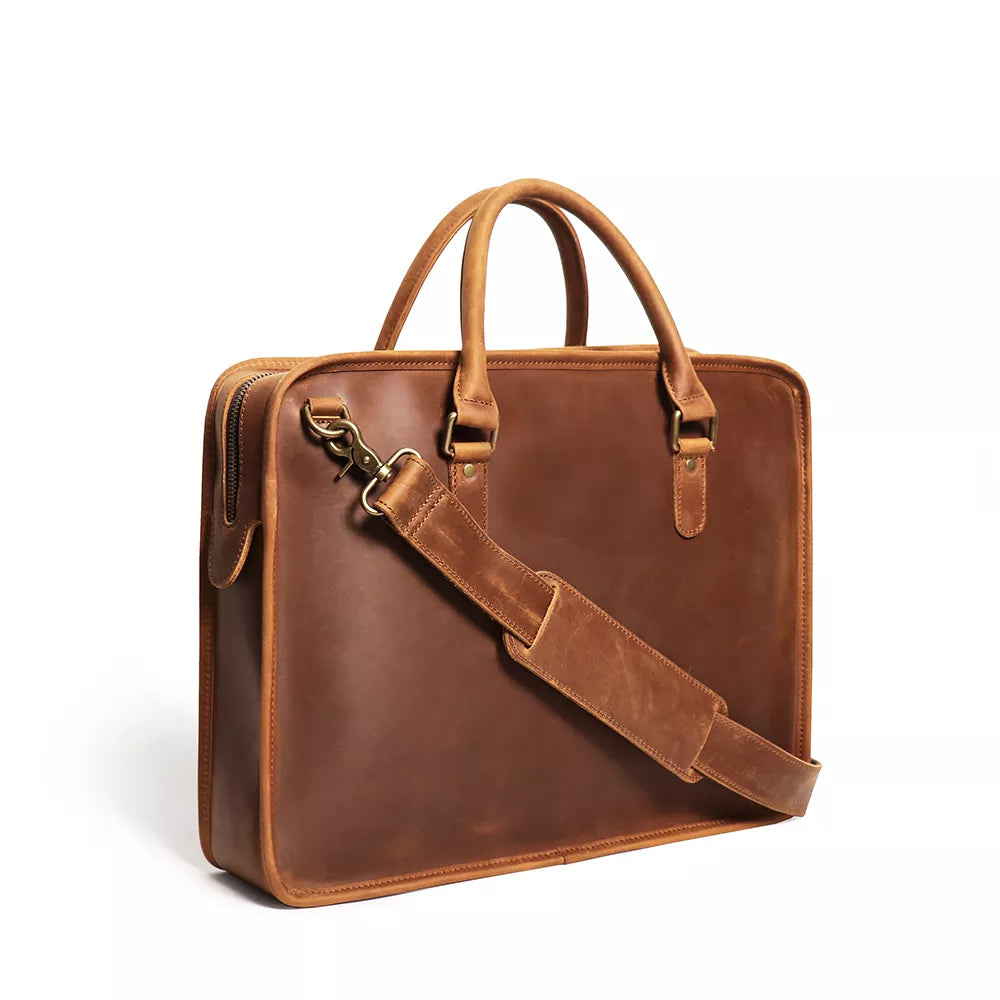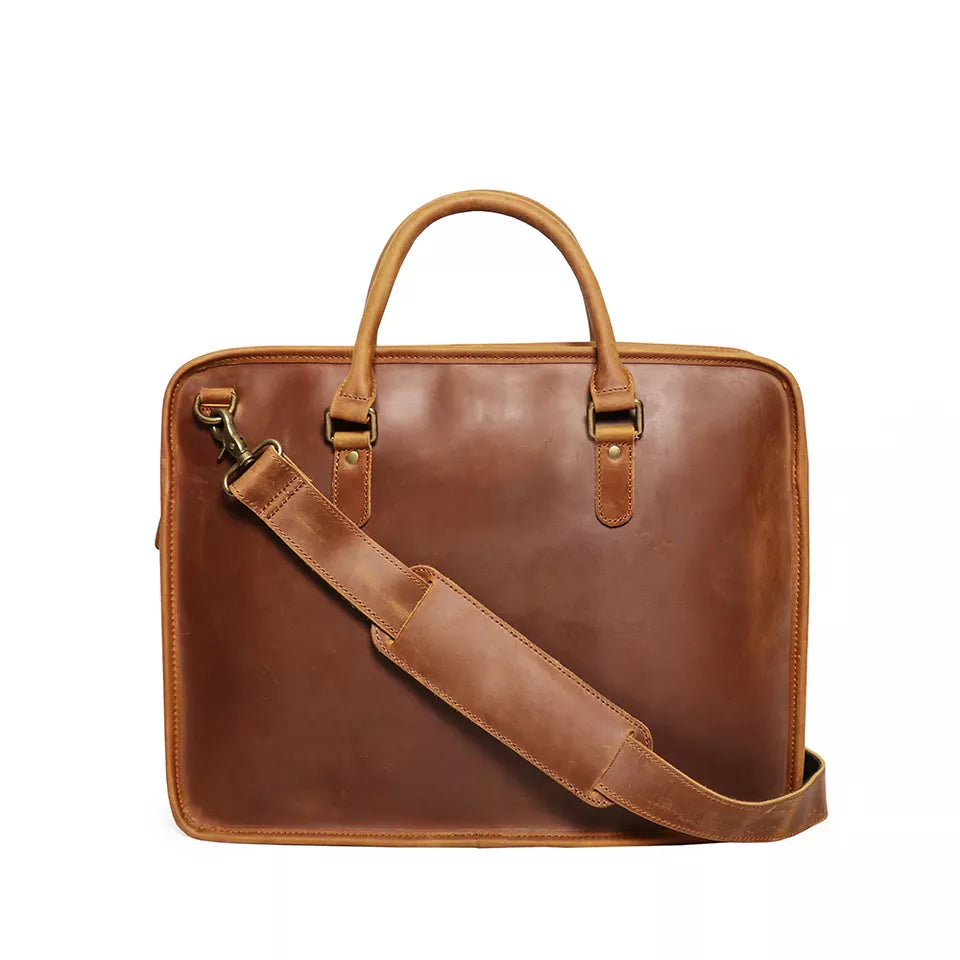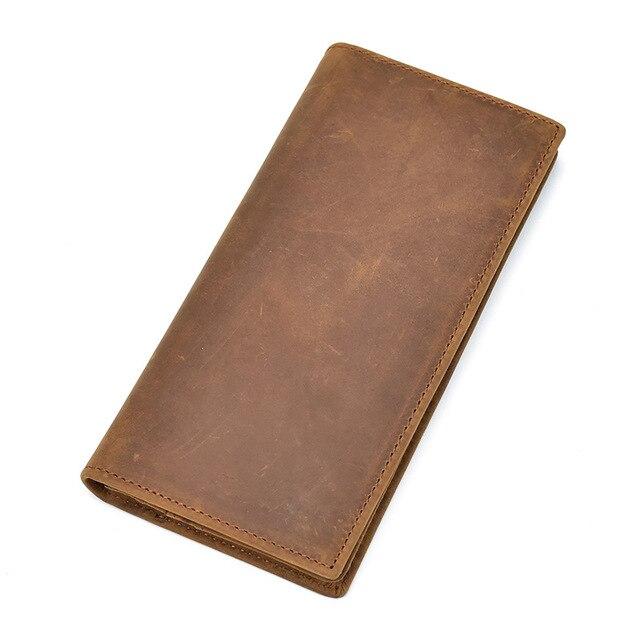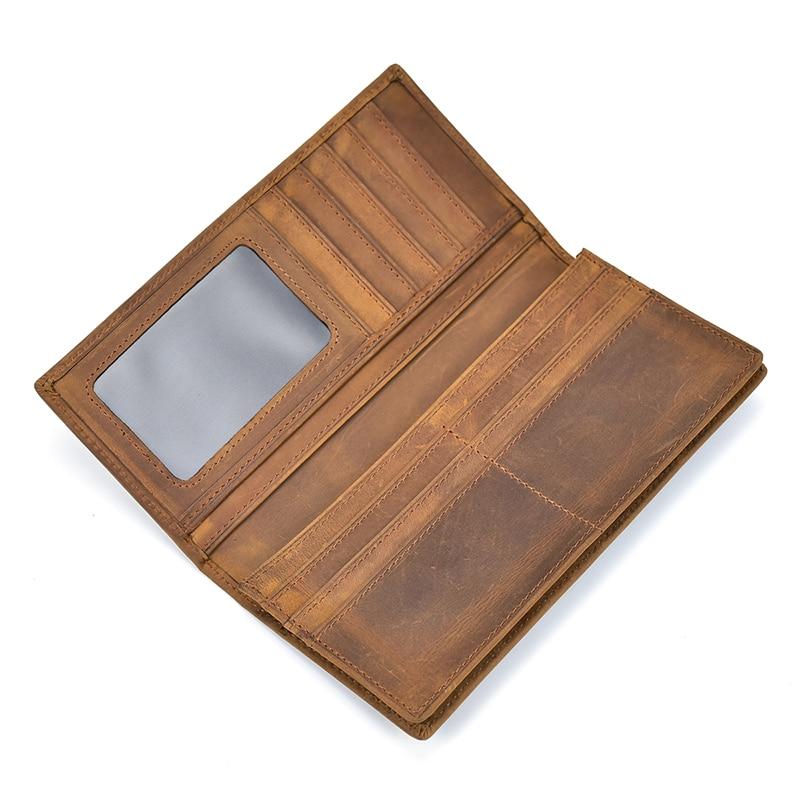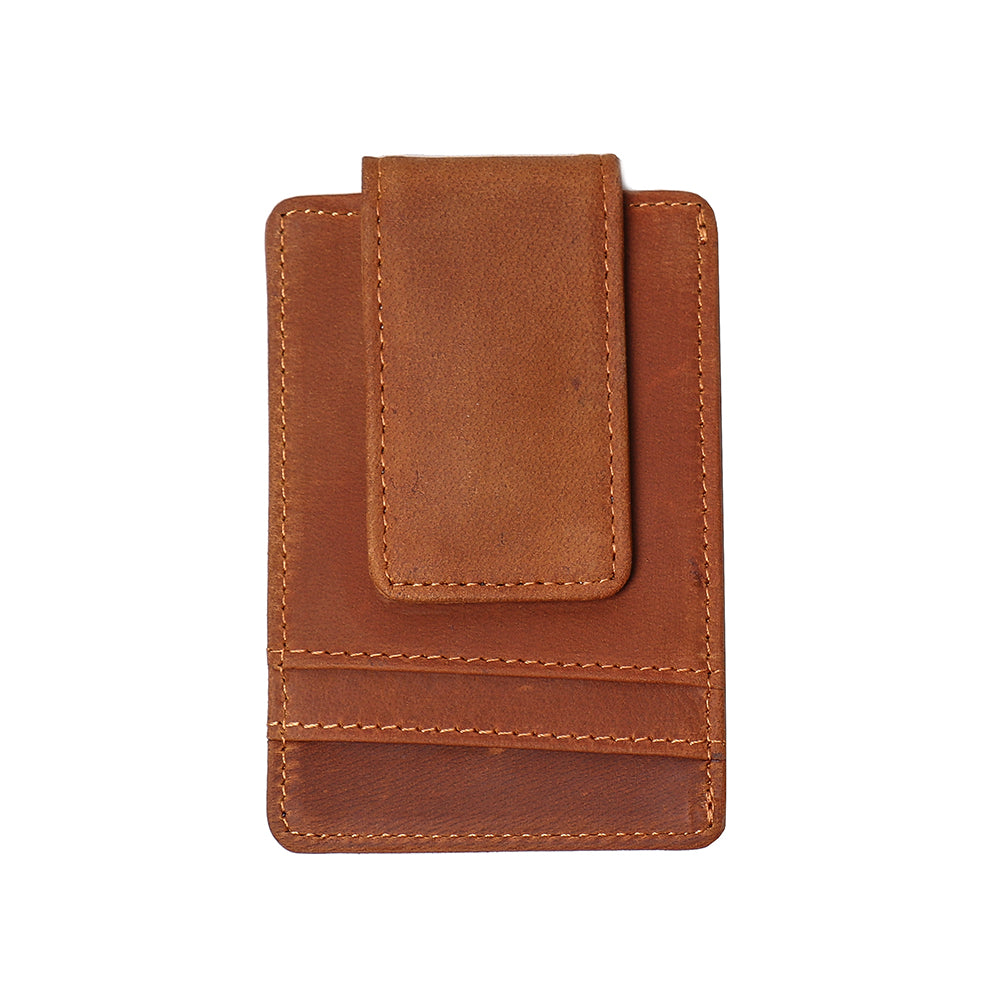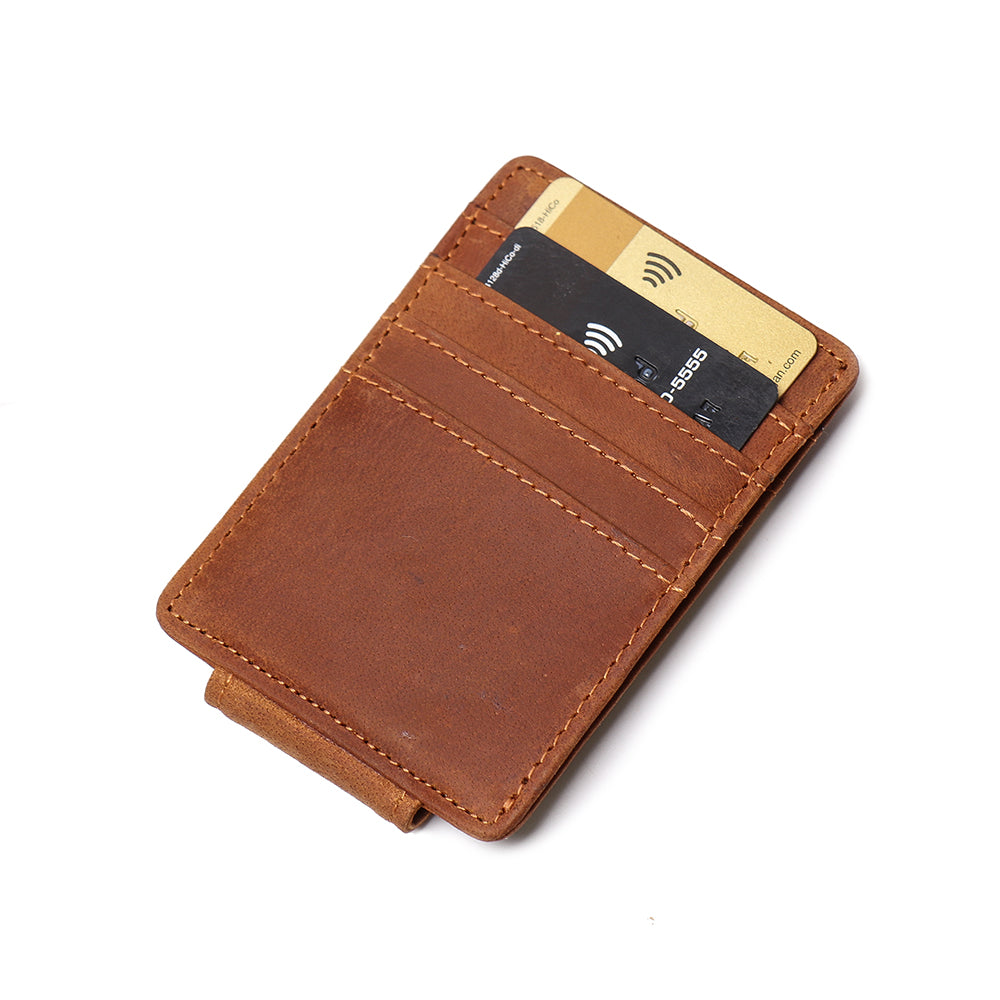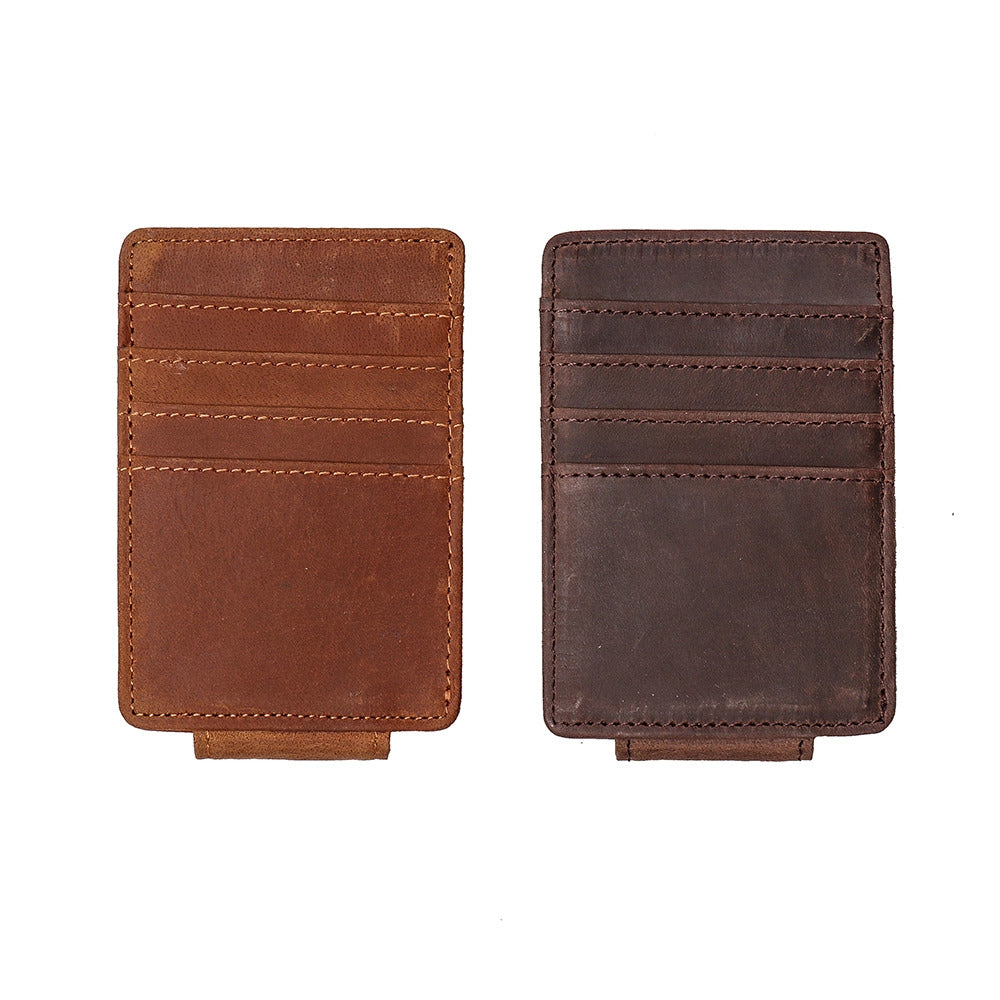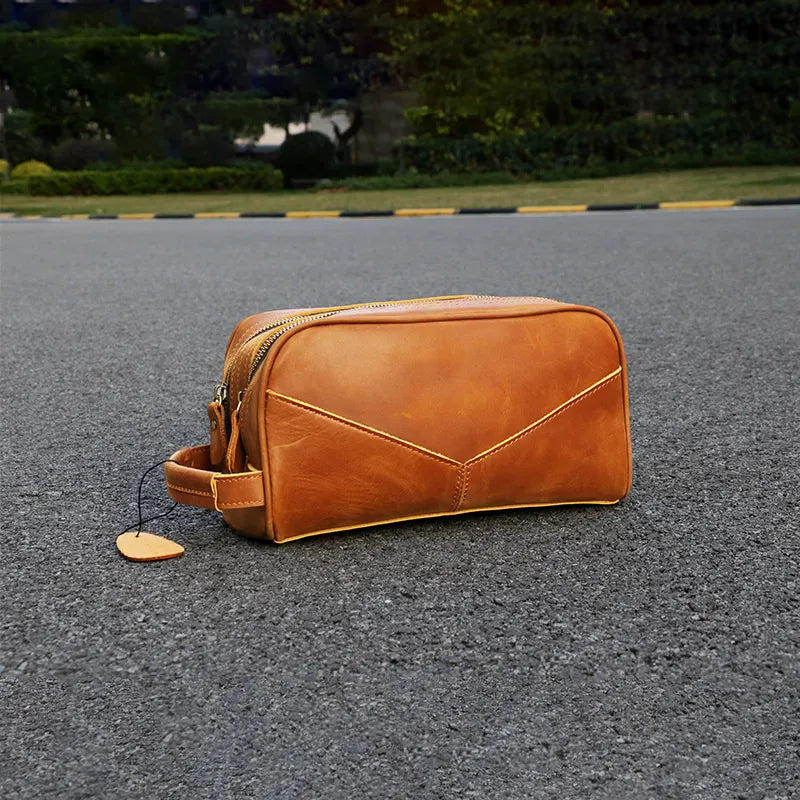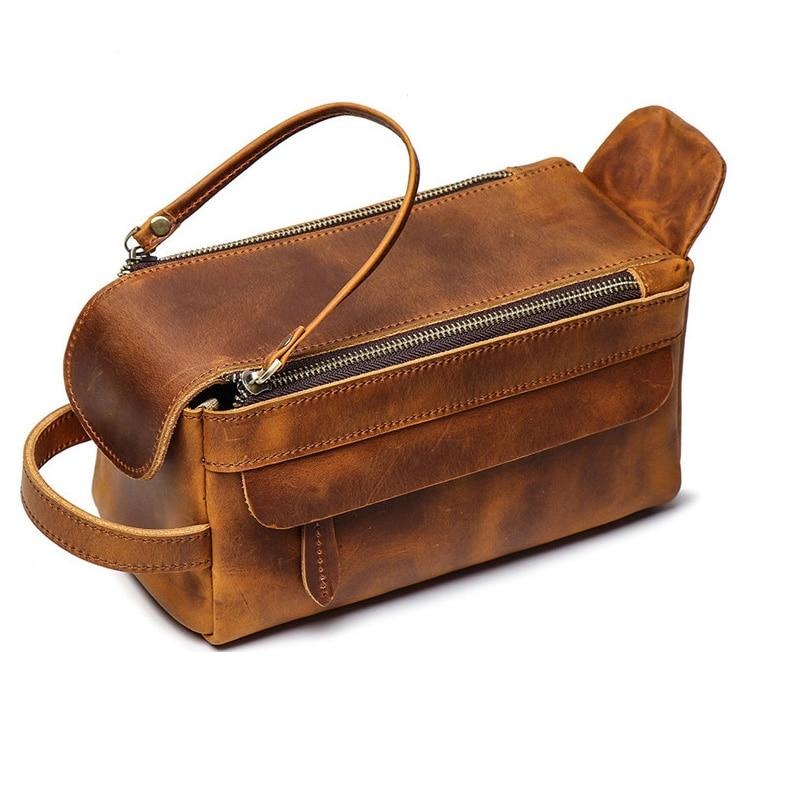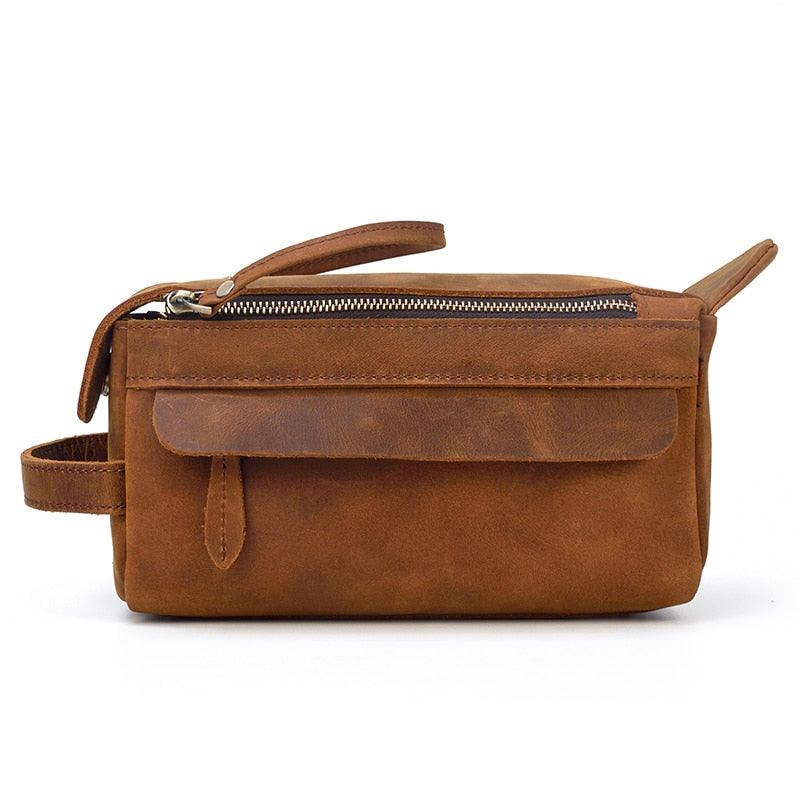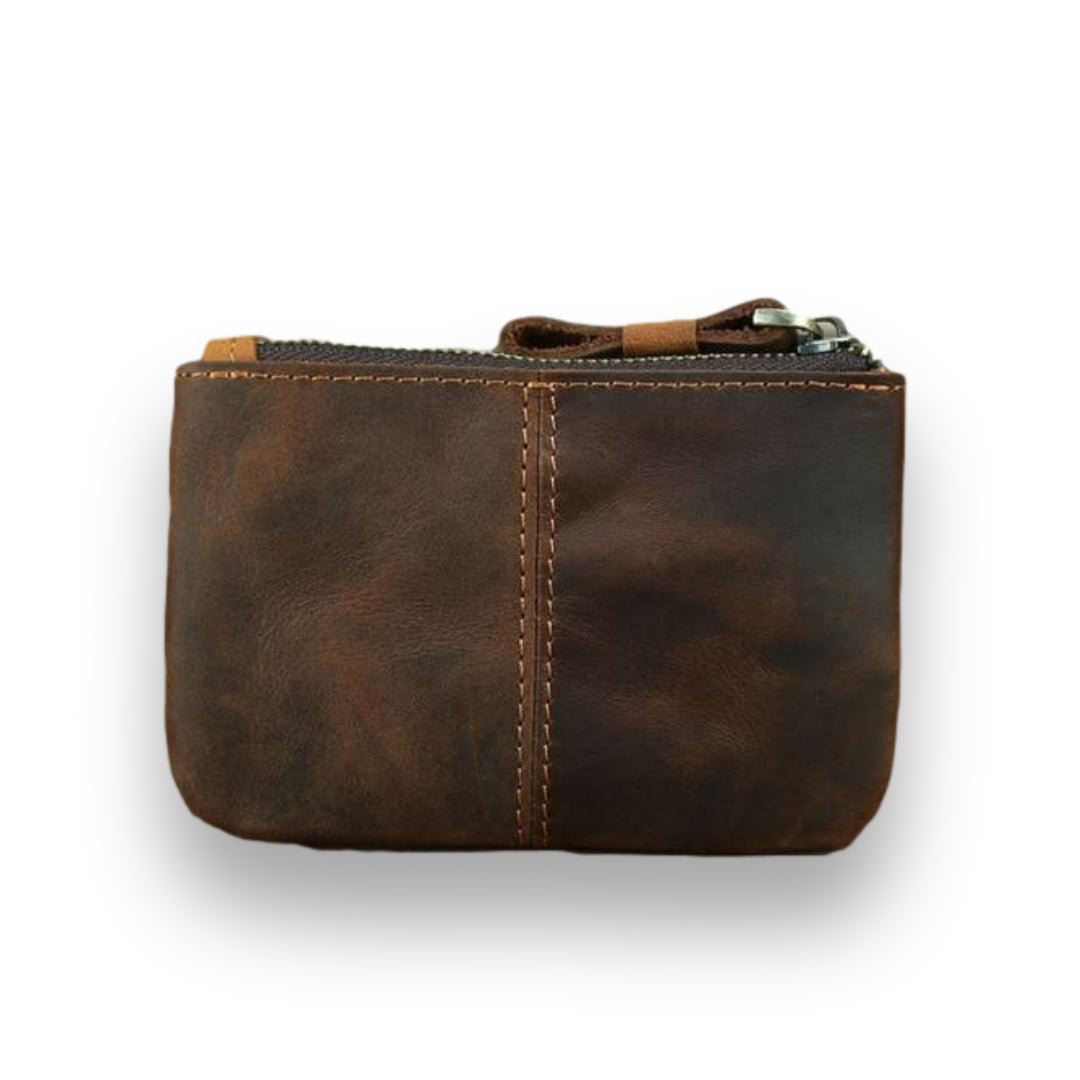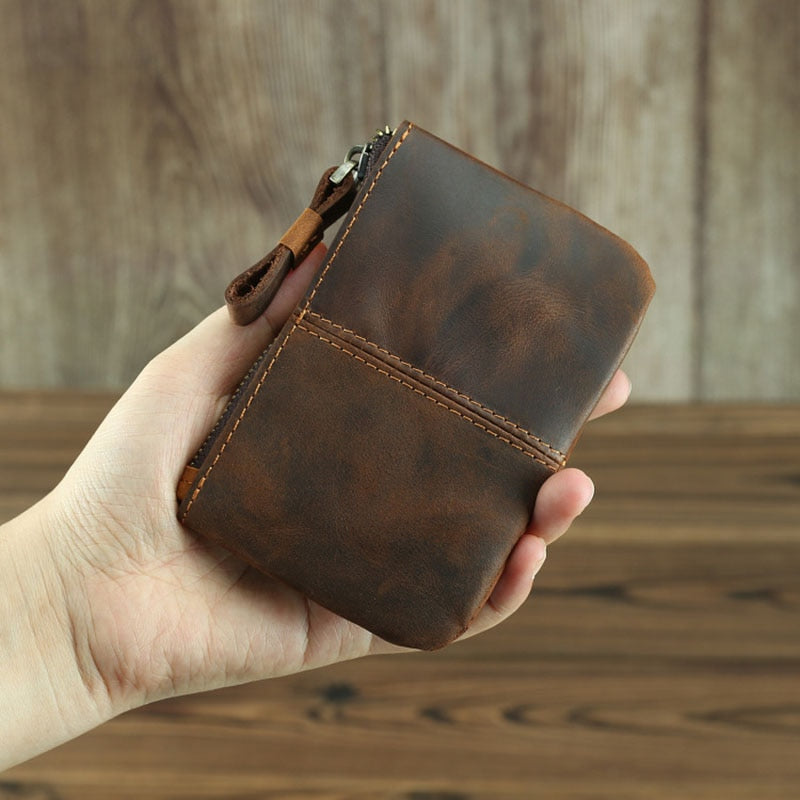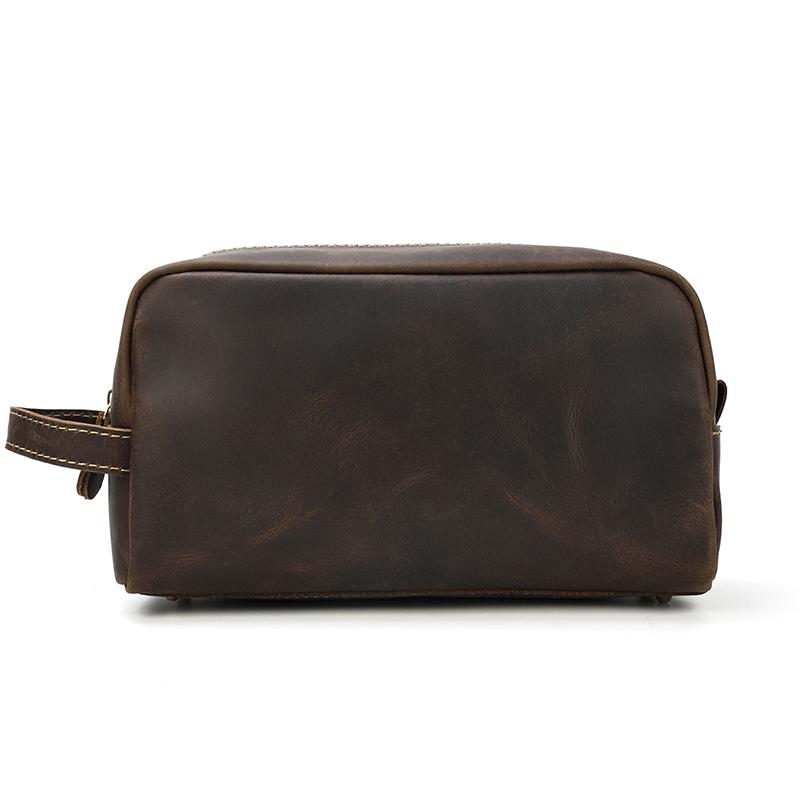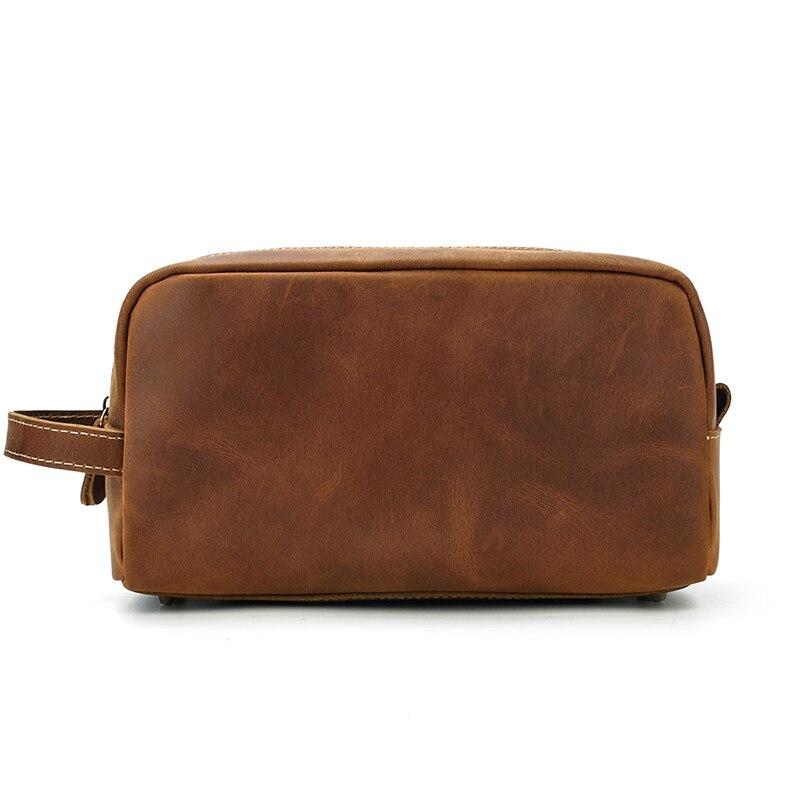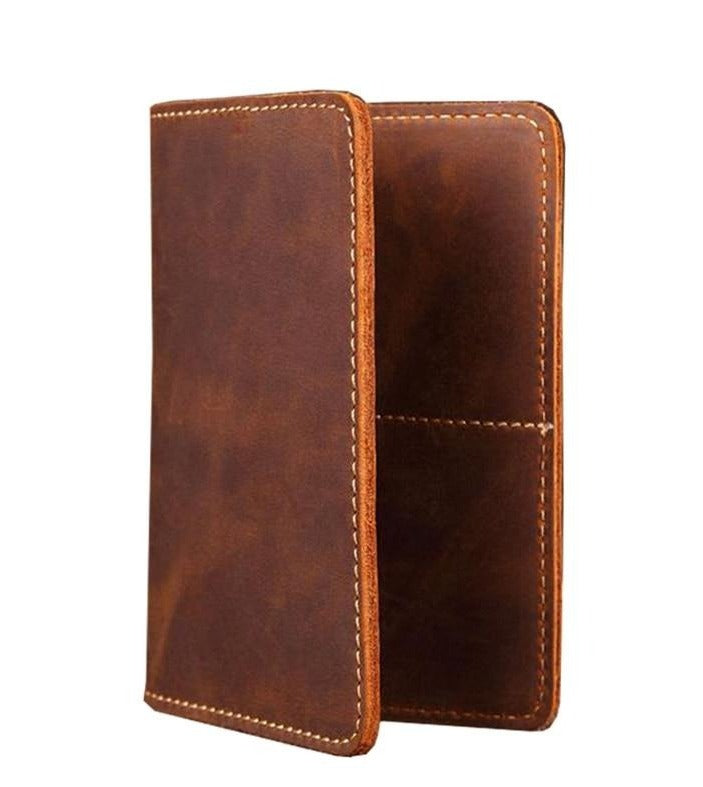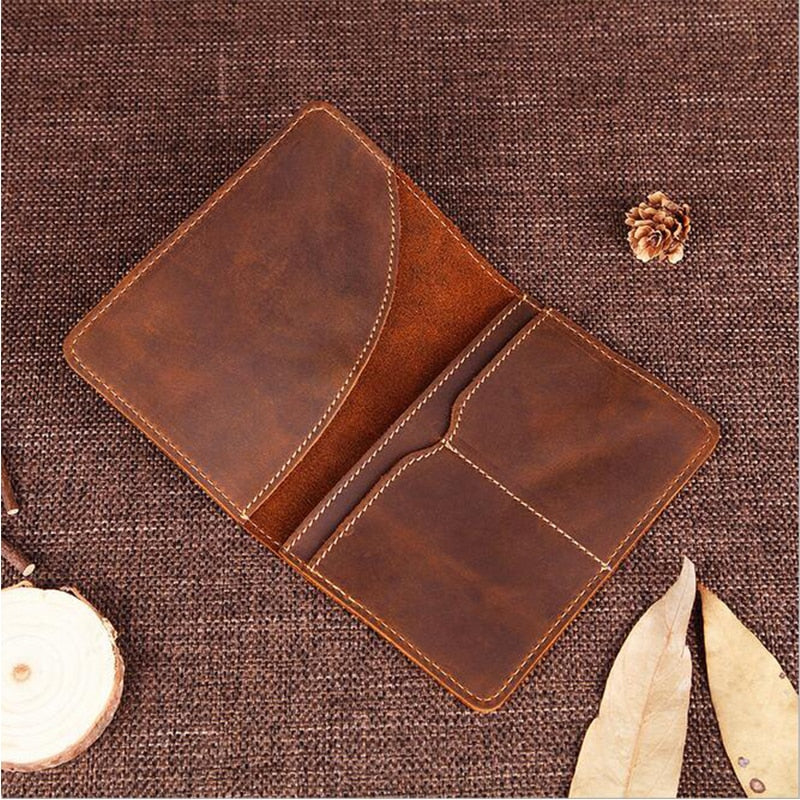Are you looking for tips on how to lace pieces of leather correctly and effectively? Look no further! In this blog, we'll be discussing the basics of leather lacing, as well as tips on how to lace leather correctly and maintain its condition. We'll also share handy advice on how to care for your laced or braided leather so that it looks its best for years to come. So strap in and let's get started!
Key Takeaways
-
Proper hole preparation is crucial - holes must be sized correctly using appropriate tools like lacing chisels to ensure durability without compromising the leather's integrity
-
Material selection matters significantly - different leather types (kangaroo, latigo, calf, or cow leather) and lace varieties (seamless, crocheted, or sew-in) each offer unique benefits for specific projects
-
The five-step process (making holes, measuring and cutting lace, using proper needles, feeding the lace, and tying off) provides a systematic approach to achieving professional results
-
Regular maintenance with leather cleaners and conditioners, plus lace protectors, is essential for preserving both the appearance and longevity of laced leather goods
-
Technique variety allows for creativity - methods like running stitch, double loop lacing, and braiding offer different aesthetic and functional outcomes for various projects
Why Trust Our Leather Lacing Expertise?
At Steel Horse Leather, we bring decades of hands-on experience in leather craftsmanship to every piece of advice we share. Our master artisans have dedicated their lives to perfecting traditional leather working techniques, spending years honing skills that have been passed down through generations. This deep expertise in leather manipulation, stitching, and finishing gives us unique insights into the nuances of leather lacing – from understanding how different leather types behave during the lacing process to knowing which techniques will ensure your projects stand the test of time.
We don't just write about leather lacing from a theoretical perspective; we live and breathe leather craftsmanship daily. Our commitment to sourcing only the highest quality genuine leather means we understand the subtle differences between leather types and how these variations affect lacing techniques. When we recommend specific methods or materials in this guide, it's based on real-world experience creating durable, beautiful leather goods that our customers rely on for years. This practical knowledge, combined with our obsessive attention to detail and traditional craftsmanship methods, ensures that the techniques we share will help you achieve professional-quality results in your own leather lacing projects.
What is Leather Lacing?
There's nothing like a well-crafted leather shoe or bag to complete an outfit. But what makes a great place job? The answer is simple - care and attention to detail. Leather lacing is a way to create elaborate and unique looks with your shoes or bags. Some people compare it very much alike with braiding projects, or braiding hair. Once you have the perfect look, make sure tokeep it clean by washing regularly with soap and water! It's also important to tie the laces in a particular order and appropriately tighten them so they don't loosen over time. As with all things in life, taking care of your leather lacing will make them look and last longer, giving you that perfect finish you've been searching for!

The History of Leather Lacing
Leather lacing has a long and illustrious history that dates back to Roman times. During this time, durable leather lace or leather cord leather string was used as a form of decoration, mostly on women's dresses. Today, it is still an important part of shoe-making and fashion design. Leather lacing is the process of adding decorative metal bars to leather straps and shoes. This enhances the look and feels of both products immensely!
Types of Leather to Use for Lacing
When lacing up your shoes, it is important to choose the right type of leather. There are various types available, each with its unique look and feel such as kangaroo leather, latigo leather, calf leather, or cow leather. To begin with, thread the lace through one hole and tie it in a knot. Make sure to pull tight so that the lace stays in place. Once you've selected the leather type and length you want, make sure to buy high-quality material that has been treated if needed.
Methods on How to Lace Leather Correctly and Effectively

Leather lacing is a skill that takes time and practice to get it just right. However, there are many methods out there on how to lace leather correctly, even if it is on thicker leather, and achieve the perfect look. Whether you're a beginner or a professional leather lacing enthusiast, following these tips will help you lace leather effectively and correctly. There are many tutorials out there on how to lace leather correctly, so be sure to try various techniques such as utilizing a sewing machine, or by hand through running stitch, double loop stitch, and braiding string, until you find the one that suits your needs! Follow this basic step-by-step guide!
1. Make Clean Holes in the Leather
Leather lacing is a simple process that requires just a few simple steps - making a couple of holes in the leather by utilizing a lacing chisel or pliers and then lacing it up. However, make sure the hole is big enough, as this is a critical step so that the lace doesn't easily pierce through the other side of the material and also small enough so it doesn't show on both sides; this will ensure durability of your project.
2. Measure and Cut the Lace
It is important to lace your leather accessories the right way so that they fit well and look good. There are several types of lace available such as flat lace, real suede leather lace, black suede leather lace, faux leather lace, contoured leather lace, deer leather lace, and brown leather lacing cord. There are a few simple steps you need to follow in order to ensure a perfect result every time. First, cut the lace so that it's even, avoiding any kinks or twists. Make sure that you also measure your leather items accurately before starting to lace them up; this will help prevent errors later on down the line, and ensuring that that the product will be durable.
3. Lace Needle
Leather sewing needles are an essential tool for sewing leather. You need to use the right lace needle for thetype of leather you are working with - it is not advisable to use regular clothes pins or metal zippers as these can damage your stitches. Make sure your tension and stitch consistency are also correct to avoid holes in the leather. And last but not least - do not over-stitch! This might cause tears in the surface layers of your fabric and thus a loss of durability.
4. Feed the Lace
Now that you have attached the lace to your leather piece, it's time to get it looking great! Start by twisting and pulling in opposite directions to create a stylish look. In this process, you may use a running stitch, double loop lacing technique, or basically braiding. Then feed the lace through the hole on the other side (making sure it is tight but not too tight). Finish off by adjusting the fit once you're happy with your results.
5. Tie Off the End
Congratulations on making it this far! Here is a final step to completing your lacing project: tying off the end. First, pull the lace in opposite directions to form a bow. Then cross the laces in the middle and tie them off with a simple knot. Make sure the laces are tight, but not too tight - otherwise they might become irreparable damage during use later on down the line. Then cut it off with sharp scissors!
Specialized Techniques for Enhanced Durability (Reinforcement, Edge Lacing, Securing)
| Specialized Technique | Description | Benefits for Durability & Longevity |
|---|---|---|
| Reinforcements | Incorporating additional stitching and using thicker laces in high-stress areas (e.g., edges of bags, shoe openings). | Substantially enhances durability; significantly reduces wear and tear in vulnerable areas. |
| Edge Lacing | Applying lacing along the cut edges of leather, often for both aesthetic and protective purposes. | Provides a polished look; serves as a protective barrier for cut edges; prevents fraying; extends the lifespan of leather goods. |
| Securing Lace Ends Effectively | Methods used to fasten the ends of the lace to prevent loosening or unraveling. | Maintains an attractive finish; ensures everything stays in place; prevents loosening and unraveling (e.g., using a double knot, employing a lace lock); provides peace of mind that laced items will stand the test of time. |
When it comes to leather lacing, specialized techniques can substantially enhance the durability and longevity of your projects. Reinforcements are a crucial aspect of this process; by incorporating additional stitching and using thicker laces in areas that experience high stress, such as the edges of bags or shoe openings, you can significantly reduce wear and tear. Edge lacing is another effective method that not only provides a polished look but also serves as a protective barrier for cut edges, preventing fraying and extending the lifespan of your leather goods. Finally, securing your lace ends effectively is essential to maintaining an attractive finish while ensuring that everything stays in place. Techniques such as using a double knot or employing a lace lock can prevent loosening and unraveling, giving you peace of mind that your beautifully laced leather items will stand the test of time.
Types of Laces Used for Lacing Leather
Leather lacing is a popular and stylish way to add a touch of luxury to any outfit. Aside from ensuring that you use the right measurement, such as 50 yds, you also need to find the best type of lace. Whether you're a beginner or a pro, learning about the different types of laces and their uses can help you create the perfect look.
Seamless lace | Lacing Leather
There is nothing like the look and feel of a well-made leather good that was sewn properly with seamless lace. This type of lace doesn't have any stitches, which gives it a more polished and finished appearance than traditional laces. You can buy it in different bright color combinations and styles to match your outfit or shoes, making it an easy choice for someone who wants to add some extra bling to their look. And last but not least, adding seamless lace makes your shoes, small bags, orwallets look as though they were made with much more care and time invested than they actually were!
Crocheted lace | Lacing Leather
Crocheted lace is the most popular type of lace because of its delicate and smooth finish. It is usually less expensive than the other two types of lace, has a variety of color choices and designs that can be made, and doesn't require as much skill to make as the other two types.
Sew-in lace | Lacing Leather
Sew-in lace is a type of lace that is sewn into the leather instead of being glued on. This gives it a more natural look and makes it less likely to fray or come off over time. It can be used for shoes, belts, bags etcetera - just be sure to choose the right type of sew-in lace for your project!
Materials you will need for Lacing Leather

Photographer: amirali mirhashemian | Source: Unsplash
As a leather lacing enthusiast, it's important to get the perfect look every time. Here are some essential materials you will need to lace leather the right way:
Needles | Lacing Leather
Needles are an important part of lacing leather - make sure you know how to use them correctly. The needle should be long so as not to have any trouble reaching all the way into the leather without hurting yourself!
Laces (leather, fabric) | Lacing Leather
To make the laces, thread one end of the lace through one hole in the leather, then tie a knot in the other end. Do this until your desired length is reached. Abric (thickness depends on how tight you want the laces to be) can then be applied as needed.
Tips on Maintaining and Caring for your Laced Leather
Leather is a luxurious type of footwear that deserves the best care and attention to detail. That's why lacing leather shoes is so important. When it comes to lacing leather, less is more. Keep things simple and elegant, and you'll be sure to look your best in laced leather shoes!
Clean with a leather cleaner
If your leather gets dirty, just dampen it down and scrub using a brush. Make sure not to use too much water as this will make the dirtier and it won't be effective in cleaning the leather. Let the cleaner dry completely before you apply any conditioner or wax to the surface.
Condition with a leather conditioner
Conditioning your leather with aleather conditioner is essential for keeping it soft, supple, and looking its best. It will help to remove built-up residue, dirt, and oil while preserving the luster of the leather. Always use a leather conditioner when you are cleaning and conditioning your leather. Allow it to work for at least 30 minutes before wiping it off with a cloth or brush. Apply just enough conditioner to cover the surface of the Leather - using a light hand is crucial in order to avoid over-conditioning.
Protect your laces with a lace protector
Keeping your laces in good condition is important not only for the look of your outfit but also to protect them from dirt, dust, and other elements that can damage them over time. A lace protector will help you do just that - protecting your laces from dirt, dust, and other elements. You can use it to keep your laces neatly in place while you wear your outfit or even store excess lace strings inside the protector when not needed.
Frequently Asked Questions
What Is Lacing Leather and Why Is It Important?
Lacing leather is a foundational technique and cornerstone of leather craftsmanship that involves securing the ends of a piece of leather with thread or leather strips. This versatile technique creates intricate patterns while forming the final shape of leather items. By using quality leather lacing, you add resilience and extra strength to the material, making shoes and other leather pieces more comfortable to wear. Additionally, lacing leather with proper leather lacing techniques ensures your beloved leather items last longer as it keeps them in good condition. The lacing process involves creating precise holes using leather punches, then threading leather lace through these spaced holes to achieve both functional and decorative purposes.
What Are the Benefits of Lacing Leather?
When you lace leather using various leather lacing techniques, it not only gives your leather accessories a unique and custom look with a touch of elegance, but also creates a more durable and reliable finished product. This is because the lacing process increases the strength of leather pieces by strengthening the central fibers while also distributing pressure evenly across the entire surface. The heart of leather lacing lies in its blend of functionality with artistry, creating depth to leather accessories through intricate designs and decorative patterns.
Furthermore, leather lacing is an excellent choice and easy way to add a decorative touch to any outfit, making it look more high-end with a touch of sophistication. All you need are basic tools including lacing needles, some scissors, and knot-tying skills - and you're ready to begin your leatherworking journey! Different types of leather, from full-grain leather scraps to vegetable-tanned leather, offer various aesthetic appeal depending on your design preferences.
Is There a Right Way to Lace Leather, or Should I Just Wing It and See What Happens?
There is no single common lacing method for leather lacing - it all depends on the type of leather, whether you're using chrome-tanned leather or top-grain leather, the stitch size you're using, and your personal preference for lacing styles. However, following these foundational techniques can help you lace leather effectively and create long-lasting designs:
-
Match up the heel and toe stitches first using a basic running stitch or whip stitch, then work your way up with your chosen lacing stitch.
-
Remember that different types of leather stretch; if tight sections appear at any point, take some time off until the leather loosens up again.
-
One critical step to remember when creating your laced leather item is to match each stitch with the one before and after it, maintaining clean holes and proper hole positions. This will make your lacing job much easier and ensure a neat finish.
-
You can use specialized leather lacing tools such as a lacing needle or wing divider, which will make the entire process smoother and help achieve more intricate lacing patterns.
For more advanced techniques, consider exploring Spanish edge lacing or cross-over lacing methods, which create eye-catching patterns and add visual appeal to your leather crafting techniques.
What Are Some Common Mistakes That People Make When Lacing Their Shoes?
When it comes to lacing your shoes and other fashion items, here are common mistakes that can affect both the functional method and aesthetic appeal. First, making a mistake in length - instead, try lacing your shoes 1/2 inch below the heel, ensuring you leave enough room at the end for your socks and to prevent frayed lacing.
Second, failing to shape and sculpt your feet properly. You should ensure good arch support, wear thick socks, and avoid flat shoes or boots if possible. Consider the natural grain pattern of the leather and how it affects comfort over time.
Third, incorrect sizing can compromise both functionality and style. Remember that shoes should fit snugly but not so tight that they restrict movement. Quality footwear often features decorative edges and may use different lace materials, from flat laces to broader laces, depending on the desired fashion statement and modern style preferences.
Are There Any Special Tools or Techniques I Need to Use When Lacing Up My Boots?
When it comes to lacing up your boots and creating attractive designs, a good rule of thumb for this functional method is to pull one loop after another until they achieve the right tension. Don't stitch tight or tie too tightly, as this may cause discomfort in tight sections later on. For leather boots or shoes made from chrome-tanned leather or other quality materials, make sure the fit is good from the start.
You can use any type of boot or shoe, but keep in mind that leather stretches with wear, so ensuring proper fit initially is essential. Consider using reusable needles and good-quality needle tools for any repairs or re-lacing damaged sections. The application of proper leather lacing techniques can transform ordinary footwear into pieces of art with rugged authenticity.
For those interested in advanced patterns, explore techniques like the double loop lacing technique or crisscross pattern, which add both strength and decorative appeal. Basic stitches such as the saddle stitch or double-loop stitch can provide additional durability while maintaining the aesthetic qualities that make leather lacing such a mesmerizing art form.
Whether you're working on outdoor gear, laced leather belts, or decorative accents for fashion items, proper leather lacing tools and techniques ensure your creations maintain their integrity over time while developing a beautiful patina that adds to their charm and sense of history.
Conclusion
Looking for tips and advice on how to lace leather perfectly? Look no further! In this blog, we've outlined the different methods and tips on how to lace leather correctly and make your outfit look its best. From choosing the right leather to ensuring its lacing is perfect, we've got you covered! So, whether you're a beginner or a pro, make sure to check out our blog for helpful advice on lacing leather.
Interactive Leather Lacing Pattern Designer
Master the art of leather lacing with our interactive pattern designer! This tool lets you experiment with different lacing techniques mentioned in our guide - from basic running stitches to decorative cross-patterns and braiding styles. Simply select your preferred lacing method, adjust the spacing, and watch as the pattern comes to life. Perfect for visualizing how your leather project will look before you start punching holes, this designer helps you understand the relationship between hole placement, lace tension, and final appearance that we discussed in our comprehensive lacing guide.





